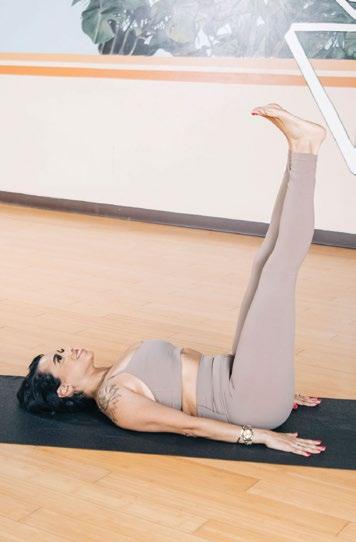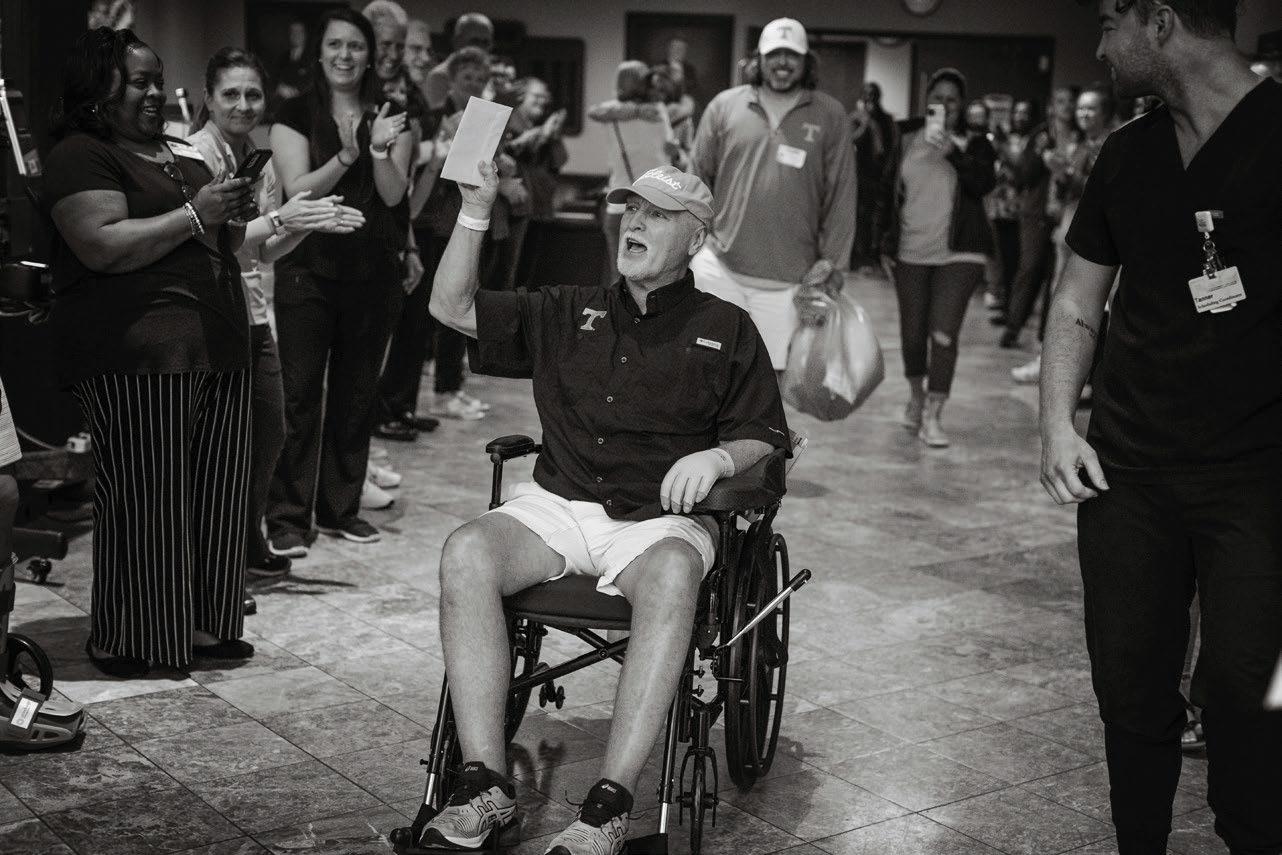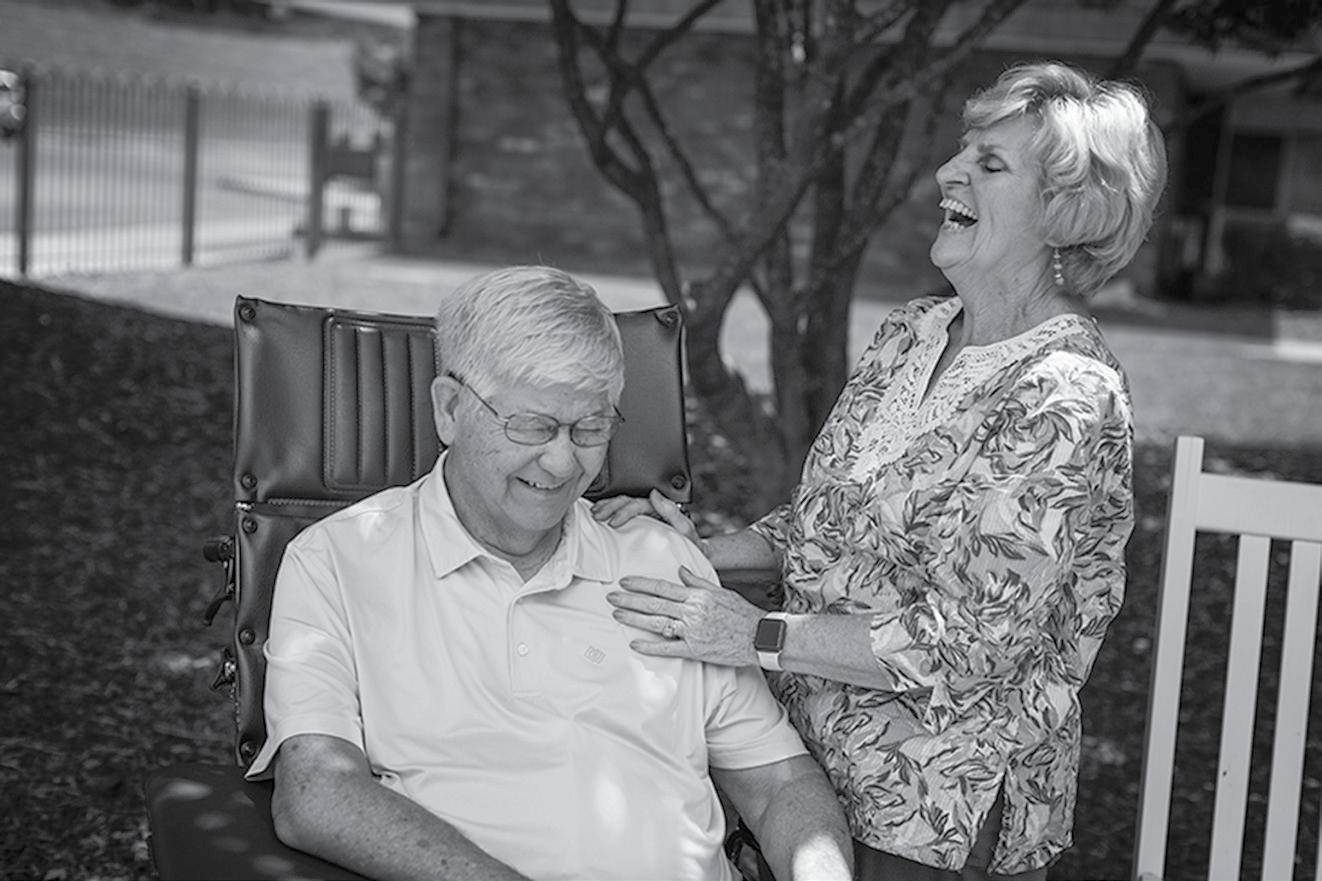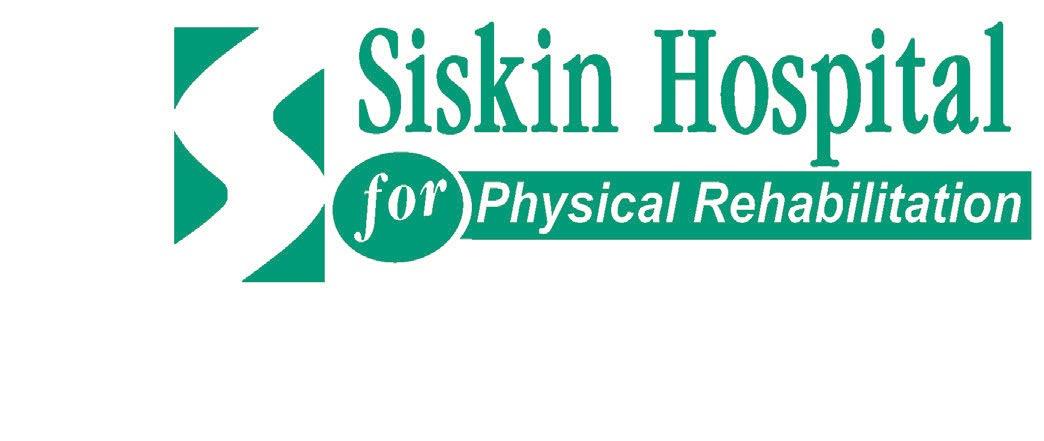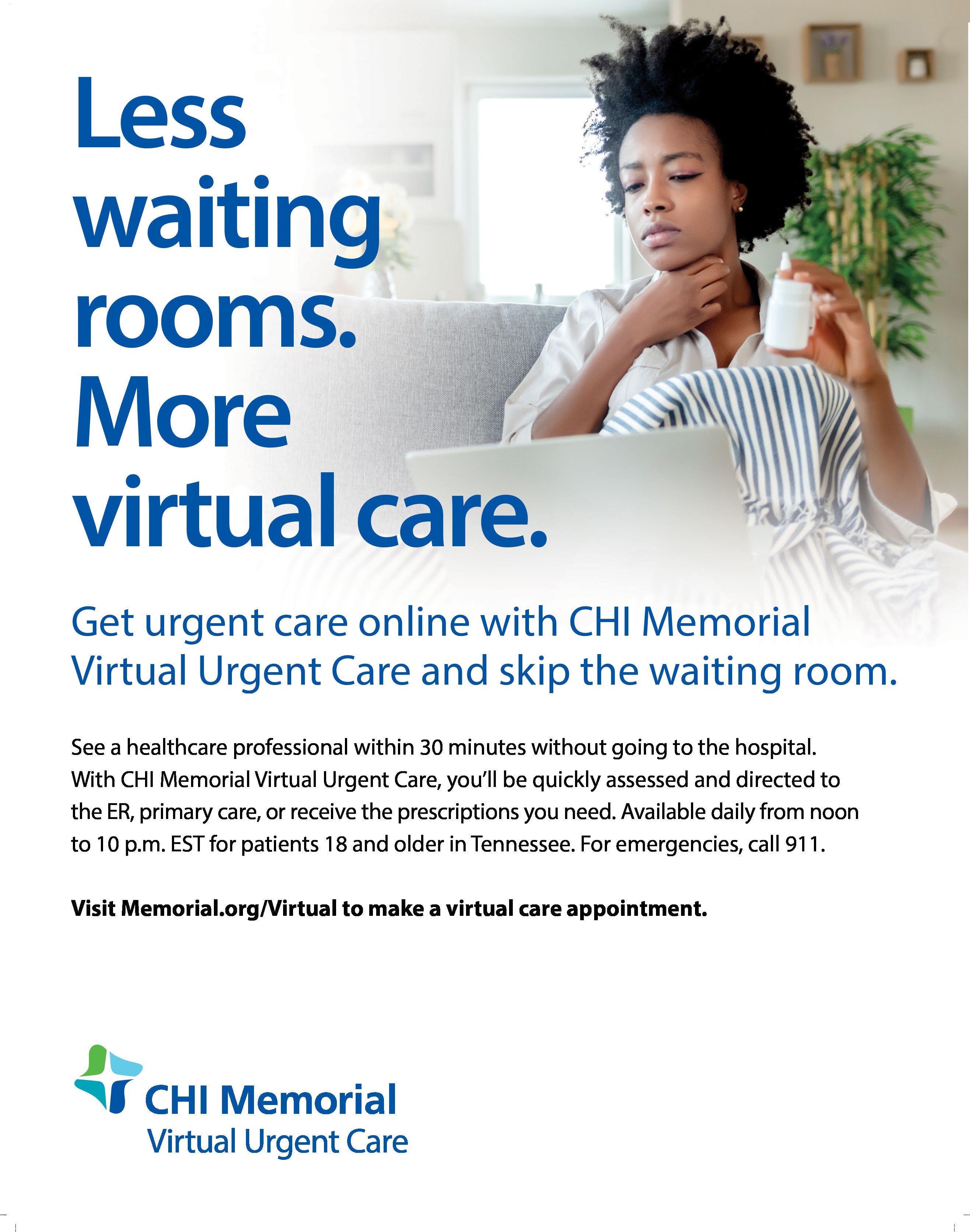

Every Second Counts...
Peripheral Arterial Disease (PAD) is a silent but dangerous condition that demands immediate attention. The longer patients wait to be seen, evaluated, and treated, the higher their risk of severe complications, including gangrene and limb loss. No one should suffer from leg pain—this isn't normal and often indicates a serious underlying issue. Early detection and intervention can significantly improve outcomes, preventing disease progression and preserving quality of life.
Why Choose Us?
• Self-referrals are welcomed
• Timely appointments
• Dedicated experienced team
• State-of-the-art technology
• Comprehensive care
Choosing VIC means trusting a team dedicated to early intervention and treatment.



Fun in the Sun a Ford





“There shall be an eternal summer in a grateful heart.”
- Celia Thaxter

Often, late summer can be a season of big transitions: starting new schools, new routines, new fiscal years, and more. With big changes come feelings of uncertainty and uneasiness as we prepare for the unknown. Although sometimes uncomfortable, these seasons allow us to grow as we tackle unforeseen obstacles and learn from fresh experiences.
In this Late Summer issue of HealthScope® magazine you will find numerous articles to inspire as you tackle this season of change. Starting with our lead health features, local medical professionals provide insights on everything from childhood development milestones and PCOS to respiratory health. Not to be missed is the “Annual Advancements in Medicine Section,” featuring advancements in everything from technology to techniques that allow local practices to provide the highest level of care.
While these articles encourage you to take control of your and your loved ones’ physical well-being, the special section “Meet Our Caregivers” features professionals dedicated to supporting others’ health and wellness. These six local caregivers are dedicated to using their compassion and expertise to provide the utmost care for others.
Many other inspiring stories await like mainstay sections “Her Story” and

Cailey Mullinix Easterly
“Inspired,” featuring local women who, despite obstacles and adversity, continue to persevere and inspire others along the way. There is much more to discover like helping your kids tackle major school transitions and tips for boosting work productivity in a home workspace. The articles “A Spa-Worthy Shower Routine” and “Creating a Clutter-Free Closet” emphasize the importance of self-care, while delicious watermelon recipes and Jenna Wright’s Yoga Flow workout promote nourishing your body and mind.
Lastly, don’t miss our interview with cover model Neha Shah and how she prioritizes her overall well-being.
We hope you enjoy this Late Summer issue of HealthScope® magazine and that it inspires you as you take on the season ahead.
Happy reading,

One team. One heartbeat. For one you.
At Hamilton Health Care System, our team of experts works with one heart to serve you.
We’ve built an integrated care team that collaborates every step of the way and always puts you first. Not only does Hamilton Health Care System have leading-edge imaging and surgical technology to help diagnose and treat patients fast - like our EBCT scanner that can capture an accurate image of your heart in one heartbeat - but we’ve also added 12 fellowship-trained cardiovascular specialists in just 12 months.
Full-scale cardiovascular care includes:
Open Heart and Reconstructive Surgery
Electrophysiology
Cardiac Rehab
Non-invasive Care
Today, in your community, the region’s best cardiovascular care is just one heartbeat away, at Hamilton Health.

DAVID POTTS HAMILTON HEALTH CARDIOLOGY PATIENT



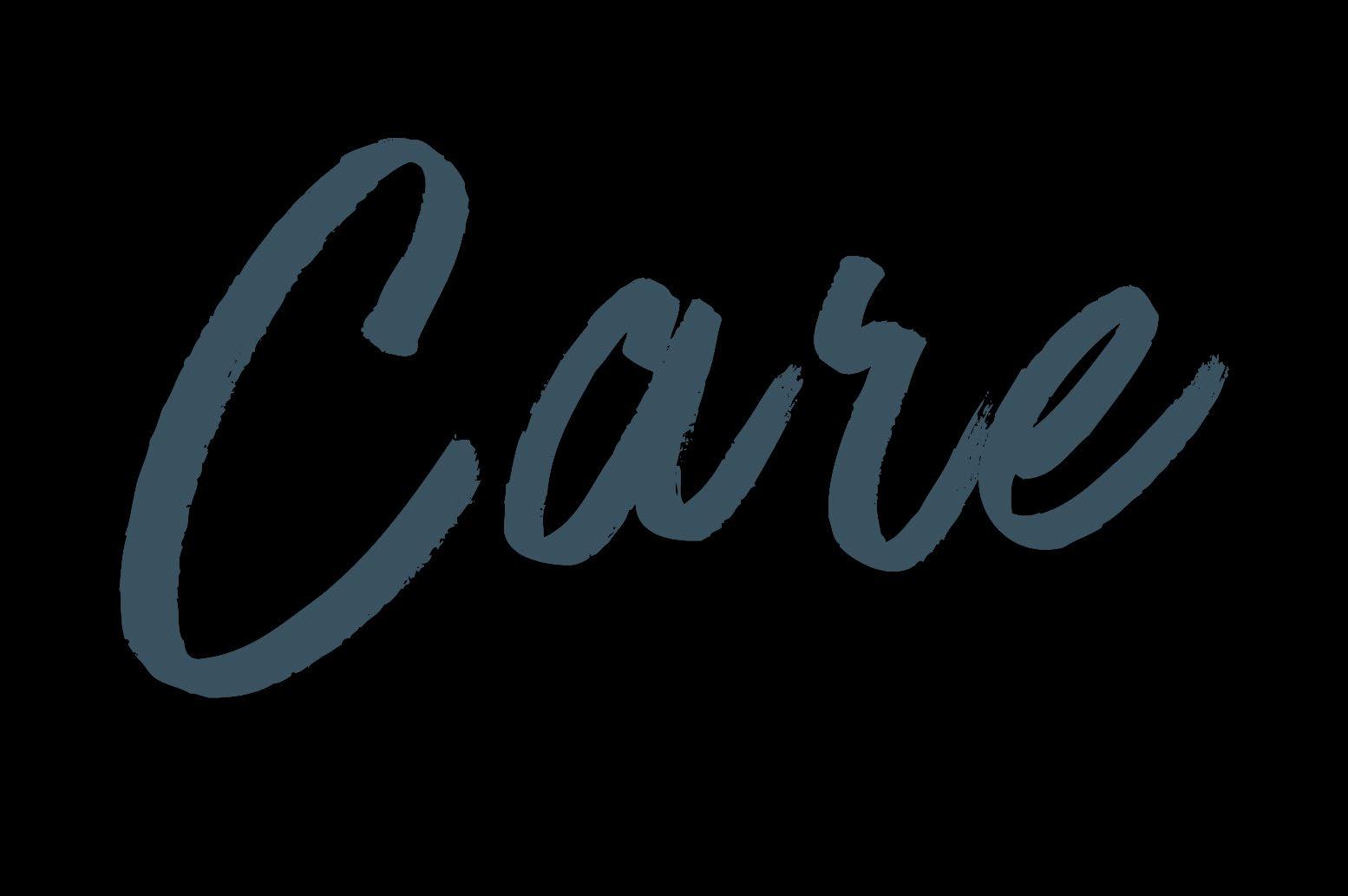

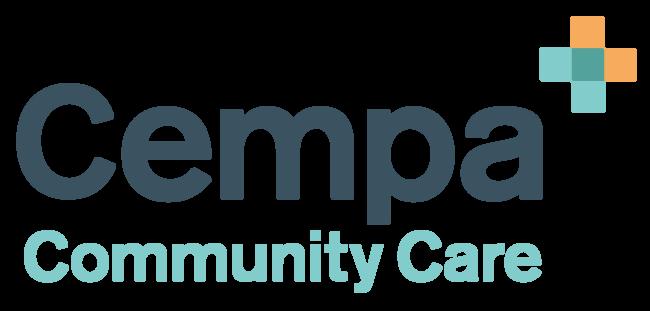




Contents

Neha Shah shares how she intentionally sets aside time for family, fitness, and self-care on page 80.
Photo by Kristina Armstrong
Publisher George Mullinix
Co-Publisher Cailey Mullinix Easterly
Sales & Business
Development Amanda Worley
Design Lead,
Sr. Graphic Designer Lauren Robinson
Sr. Graphic Designer Tamara Slocum
Graphic Design Intern Marietta Song
Managing Editor Rachel Studebaker
Editors Gray Bennett Kristen Dee Tory Irmeger
Editor/Digital
Content Specialist Ali Lemmons
Director of
Digital Marketing Ruth Kaiser De Backer
Digital Marketing Assistant Houston McLain
Marketing,
Events, & Operations Laci Lanier
Photographers
David and Drew Photography Hacker Medias Kristina Armstrong Rich Smith
Subscribe to CityScope® or HealthScope® magazines: Call 423.266.3440 or visit cityscopemag.com or health scopemag. com and click “Subscribe.” A one-year subscription for CityScope® or HealthScope® magazine costs $18.
To receive advertising information, change your mailing address, or share your views on editorial: Call 423.266.3440 or visit cityscopemag.com or healthscopemag.com and click “Contact.”
CityScope® and HealthScope® magazines and Choose Chattanooga® – Chattanooga Resource & Relocation Guide® (the magazines) are published by CMC Publications, LLC, a Chattanooga, Tennessee company. Reproduction in whole or in part without written permission is strictly prohibited. Views expressed herein are those of the authors or those interviewed and not necessarily those of the publisher, editors, or advertisers. The publisher, editors, and advertisers disclaim any responsibility or liability for such material. All content associated with and included in advertisements (ads, advertorial, and special promotional sections) placed in the magazines are the responsibility of the respective advertiser. CMC Publications, LLC, cannot and does not assume responsibility for any material contained within or associated with any advertisement.
CityScope® magazine
Copyright, CMC Publications, LLC, 1993
CityScope® magazine is a registered trademark owned by CMC Publications, LLC.
HealthScope® magazine
Copyright, CMC Publications, LLC, 1989
HealthScope® magazine is a registered trademark owned by CMC Publications, LLC.
Choose Chattanooga® –Chattanooga Resource & Relocation Guide®
Copyright, CMC Publications, LLC, 2011
Choose Chattanooga® and Chattanooga Resource & Relocation Guide® are registered trademarks owned by CMC Publications, LLC. Choose Chatt™ and Chatt Choices™ are trademarks claimed by CMC Publications, LLC.
CityScope® magazine Southern Gentleman® is a registered trademark owned by CMC Publications, LLC.

health in a minute
QI recently had my teeth whitened for the first time. I love my results, but I also love having a cup of coffee as a part of my morning routine. How can I maintain my smile without giving up my daily caffeine fix?
A. Teeth whitening is a great way to help brighten your smile by removing the stains from everyday things such as food, drinks, and tobacco. To help improve and maintain the whitening results, it’s best to limit the habits that cause the staining. Coffee is a very complex beverage and has many different ingredients that affect the teeth. It can cause increased sensitivity, dryer mouth, and undesirable stains. It is best to avoid coffee and other dark liquids for 24-48 hours after a treatment, but we absolutely understand the need for a caffeine fix. Ways to help include limiting consumption, drinking through a straw to minimize the amount of time the liquid touches your teeth, and swishing with water after drinking coffee to help neutralize acids and reduce staining. Brushing immediately after drinking coffee, or after 30 minutes, will also help to remove harmful sugars and cavity-causing bacteria. Mandy Shearer, DDS

Q. My mother is an avid gardener and recently had hip replacement surgery. What can I do to support her recovery, so she can get back to enjoying her beloved hobby?
A. Managing hip pain and stiffness after surgery involves a combination of medication, physical therapy, lifestyle modifications, and regular follow-up care. Pain management is a key factor that can be achieved with prescribed pain medications. Common options include acetaminophen, NSAIDs (like ibuprofen), muscle relaxers, topical medications, or stronger pain relievers if necessary. Ice packs can reduce swelling and numb the pain,
while heat therapy can help relax muscles and improve blood flow. For a gardener like your mother, it’s important to increase activity levels as tolerated, avoiding high-impact activities that strain the hip. Remind her to follow the recommended physical therapy exercises to improve mobility and strength. These exercises are crucial to prevent stiffness and build muscle around the hip.
M. Amjad Munir, MD, FAAPMR
Q. My husband is coming home from the hospital in a few days after recovering from a stroke. I want to make sure I support him mentally and physically as he continues to recover at home. What are some things I can do to help him?
A. Caring for someone after a stroke can be a difficult experience both physically and emotionally. Please ask as many questions as you need to educate yourself and prepare to leave the hospital. There are no bad questions! Be helpful but encourage his independence with participation in his daily routine and problem-solving tasks. Break up tasks into steps, and walk him through the process with patience … brain recovery takes time. Set realistic goals that can help build confidence and hope. Accepting help from others is essential to preventing caregiver fatigue but also provides crucial social interaction. It is important to be honest and aware of changes in your husband’s mood as depression and anxiety are common after stroke and can significantly affect recovery. Discuss progress and challenges with your healthcare provider regularly, and finally, remember to stay realistic but maintain optimism and hope! Jason Kilmer, DO
Meet Our Experts


Q. I’ve dealt with stubborn acne and acne scarring my whole life, and I’m ready to see real change in my skin texture. I have sensitive skin, so I’m concerned that some treatments might irritate my skin even more. What treatment options should I look into?
A. When dealing with active acne and acne scarring, there are innumerable options for treatment. The first step to seeing a change in your skin is to get to the root cause of the acne, which could be dietary, environmental, or simply genetics. A customized skincare regimen and treatment plan is the next step. For instance, when I am treating teens and adults for active acne, I start with a series of chemical peels or enzymes combined with skincare specifically formulated to fight the formation of new acne. Once I get my patient clear of acne, we start focusing on scarring. Laser resurfacing and microneedling are popular treatments for acne scarring. Both are fantastic options for sensitive skin, deep scarring, pigmentation, textural issues, and more!
Cora LeSar,
LE
Q. I’m having trouble communicating with my teenage son. Whenever I try to ask him about his interests or social life, he shuts down, and I’m concerned there might be something wrong. What should I do?
A. Communicating with teenagers can feel challenging. Though you can’t force him to open up, these things might help: Give advance notice. Let your son know you want to connect because you care about him. Get his input on a time and place to have a conversation. Do something active while talking. Try taking a walk or playing catch. This allows both of you to release energy and helps your son feel less on the spot. Stay curious. Don’t be accusatory. Allow him to decide what he shares and validate his experience. Give advice only if he asks for it. He’ll be more willing to share if you don’t go into fix-it mode or expect him to do things your way. Remember, communication is an ongoing process, so it will take time and patience. You might offer to help him find someone else to talk to if he needs that. Amy Achata, LPCMHSP, NCC



Mandy Shearer, DDS Dentist, Soddy Daisy Smiles
Jason Kilmer, DO Medical Director, Kindred Hospital Chattanooga
M. Amjad Munir, MD, FAAPMR Medical Director, Encompass Health Rehabilitation Hospital of Chattanooga
Amy Achata, LPC-MHSP, NCC National Certified Counselor, SCOUT Counseling, LLC
Cora LeSar, LE Licensed Esthetician, Certified Acne Specialist, Alchemy MedSpa & Wellness Center
numbers to know
Stay Hydrated
Looking for easy ways to increase your water intake? While they don’t replace drinking water, these three foods have high water contents that will help you stay hydrated all day long:
Improve Focus in Kids with ADHD
Studies have shown that a brief, 20-minute aerobic workout can have improvements on the performance of children with ADHD. Specifically, exercise can give them better focus in reading, math, and impulse control.
According to the National Heart, Lung, and Blood Institute, high cholesterol is most often diagnosed in adults between the ages of 40 – 59. Adults of this age are recommended to get a cholesterol test every 1 – 2 years to check for unhealthy levels.
Working on screens all day?
Experts recommend adopting the 20-20-20 rule to prevent eye strain. Every 20 minutes, look at an object 20 feet away for at least 20 seconds. While you’re taking a break, don’t forget to grab a sip of water or stand for a moment, too.

CHI MEMORIAL
James Williams, COO
CHI Memorial is pleased to announce the appointment of James P. Williams as chief operating officer. Williams holds a Master of Health Service Administration degree and has over 20 years of experience in healthcare leadership. In this role, he will oversee daily service operations of the health system.
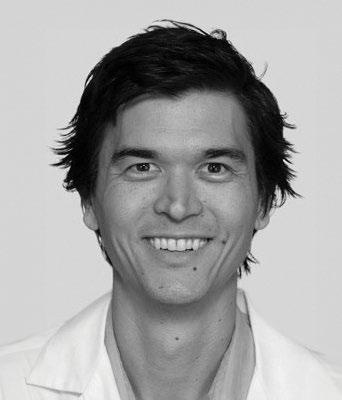
ERLANGER
Ryan Shibata, MD
Erlanger Family Medicine is pleased to welcome Dr. Ryan Shibata. Dr. Shibata completed his undergraduate degree at California State University and has a medical degree from Ross University School of Medicine. He also completed a residency at Erlanger, affiliated with the UT Health Science Center.
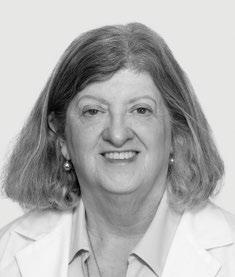
ERLANGER
Catherine Martinez, MD
Erlanger Pulmonology and Critical Care welcomes Dr. Catherine Martinez to the team at the Erlanger East Hospital location. Dr. Martinez earned her medical degree from the University of Florida College of Medicine and brings over 20 years of experience to the role.
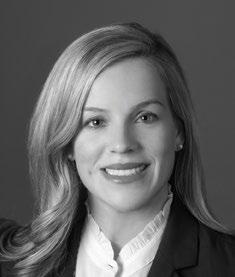
PARKRIDGE HEALTH SYSTEM
Caroline Burris, MBA, ACHE
Parkridge Health System is proud to announce Caroline F. Burris as the new chief executive officer for Parkridge East Hospital. Burris holds a Master of Business Administration degree and brings over 15 years of experience with HCA Healthcare to the role.

CHI MEMORIAL MEDICAL GROUP
Elise Marshall, DO
CHI Memorial welcomes Dr. Elise Marshall to CHI Memorial Chattanooga Internal Medicine Group. Dr. Marshall has a Doctorate of Osteopathic Medicine and nine years of experience as a hospitalist, bringing a wealth of knowledge and experience to the role.

ALCHEMY MEDSPA & WELLNESS CENTER
Mackenzie Thompson, PA
Mackenzie Thompson has joined Alchemy MedSpa & Wellness Center as an aesthetic injector and women’s wellness coach. Thompson completed her undergraduate degree at the University of Tennessee at Knoxville and is a graduate of the Lincoln Memorial University Physician Assistant program.

AUSTIN HATCHER FOUNDATION FOR PEDIATRIC CANCER
Sarah Taylor
The Austin Hatcher Foundation is pleased to welcome Sarah Taylor as family service coordinator. Taylor received her undergraduate degree from Lee University and will support the family services team in this role.
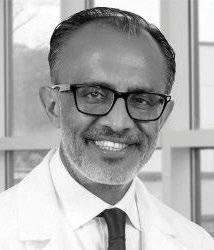
HAMILTON CARDIOVASCULAR INSTITUTE
Vineet Dua, MD, FACC
Hamilton Cardiovascular Institute welcomes Dr. Vineet Dua, as a board-certified, noninvasive cardiologist. Dr. Dua earned his medical degree from St. George’s University School of Medicine and completed a fellowship at Strong Memorial Hospital and a residency at Albany Medical Center.
health & wellness calendar

August
10 Bingo for the Grove
Join the Orange Grove Center for a lively evening of cocktails, dinner, and dancing at this year’s Bingo for the Grove. Held at the Hunter Museum of American Art, this year’s programming will feature live music, a seated dinner, an engaging program, silent auction, and of course, bingo! All proceeds benefit the Orange Grove Center. Cocktail hour begins at 6:30 p.m., and bingo and the seated dinner begin at 7 p.m. bingoforthegrove.org
17 Big Hair Affair
Join The Chattanooga Kidney Foundation for a totally rad night out celebrating the organization’s founding and the first kidney transplant at Erlanger in 1989! Attendees can expect food, drinks, dancing, a silent auction, trivia, and more at The Walden Club. Come dressed in your favorite throwback outfit from the
’80s or ’90s and dance the night away! kidneyfoundation.com/ big-hair-affair
24 StarNight
The 61st annual StarNight, Siskin Children Institute’s largest fundraising event, will be held at the Chattanooga Convention Center. This premier gala includes a cocktail reception, elegant dinner, silent and live auctions, plus a concert performance from American singer-songwriter Gavin DeGraw. All proceeds benefit the children and families served by the institute. siskin.org/starnight
September
8 Nooga Hunger WalkRun 2024
Get ready to race for a good cause! The first annual Nooga Hunger WalkRun is happening this year on September 8. The race starts at noon and includes a 5k walk and run. By joining the
race, you can support the Chattanooga Area Food Bank’s vision to provide equitable access to food and resources to end hunger today and build pathways for a healthy, hunger-free future. Find more information and register online. chattfoodbank.org/ page/nooga-hunger-run
9
CHI Memorial Golf Invitational
The CHI Memorial Foundation Golf Invitational is the premier golf event in Chattanooga. Join them on Monday, September 9, 2024 for the 33rd annual tournament. With funds raised through the Golf Invitational, CHI Memorial remains at the forefront of caring for the community. These funds specifically impact cardiac and cardiovascular care, ensuring the latest in technological advances are available right here at home and provided with the high level of quality and compassionate care expected at CHI Memorial. supportmemorialfoundation.org/chi-memorialfoundation-golf-invitational
11

Men Wear Pink Kick Off Party
Head out to the Walden Club on September 11 to support the American Cancer Society. The 2024 Men Wear Pink ambassadors will be announced, and the event will also recognize and celebrate past ambassadors. In addition to raising money for the fight against breast cancer, attendees can also look forward to programming, light appetizers, and a signature drink. bit.ly/menwearpinkparty
13
Farm to Table(aux)
The Farm to Table(aux), Pop! Goes the Warhol event is a celebration of community, creativity, and compassion, all in support of Erlanger Trauma Services. From 6 p.m. to 10 p.m. at Common House, the festivities will include a soirée featuring a variety of food and drink tasting stations, an art auction, a silent auction, and “tableaux vivants” (living pictures) inspired by the creativity of Andy Warhol. A seated dinner and live auction will follow with a silent disco after-party to round out the night in true Studio 54 style. erlangerfoundation.org/ftt
21
Celebration of Life & Hope
This year will be the Austin Hatcher Foundation’s 17th annual Celebration of Life and Hope. The gala-style event is marked as a night full of family testimonies and is celebrated with live and silent auctions, live music, photobooth fun, an open bar, food, and more to support families who have been impacted by pediatric cancer. This year’s event is co-chaired by Kiran and John Patterson. celebrationlh.com
October
4
Kickin’ It for Kids With Cancer
The Lee University women’s soccer team is once again partnering with the Austin Hatcher Foundation to benefit kids with pediatric cancer and their families. Starting at 6 p.m. on October 4, the Kickin’ It for Kids With Cancer game will not only raise funds and awareness for pediatric cancer, but will also provide families with a special and memorable evening of fun, food, and soccer. hatcherfoundation.org/events/playing-for-purpose
12
RMHC Run4Kids
In memory of Karen Lawrence, the Ronald McDonald House Charities of Greater Chattanooga will host its annual Run4Kids 5K Run and Walk at Chattanooga State Community College at 9 a.m. on October 12. Run4Kids is a celebration of the many RMHC families that have stayed close to their sick children in the hospital, and the funds raised through this event help make that possible. rmhchattanooga.com/events




PRESENTING SPONSORS BENEFITING
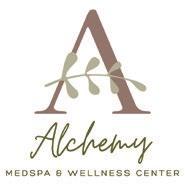
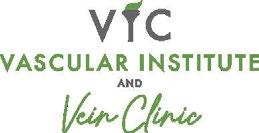
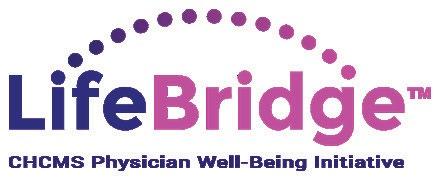


LOVE,CARE, & S ERVINGOTHERS
Meet Our Caregivers

There is a lot to know about the loving and caring medical therapists, technicians, nurses, and other professional caregivers who have dedicated much of their lives to serving others.
What follows are local professionals who are providing the utmost in quality care.
GIVING HOPE AND RELIEF
1
As someone who had personally suffered with migraines her whole life, Ruth Kennedy is passionate about educating her patients and giving them hope for a migraine-free life. “Migraines are frustrating because they’re invisible and have been stigmatized/ignored for so long,” Kennedy says. “But we’re finally getting more research, new drugs, and better visibility in medicine.” Kennedy’s philosophy is to be a knowledgeable and empathetic caregiver, with one of her biggest strengths being her ability to connect with patients as well as personally understand the pain and stigma of migraines. “I think being an open and good listener goes a long way to figure out where people are at. You never know what’s going on with someone.”
Never assume anything. Always listen, investigate, and ask all of the questions. This not only helps you understand the patient better, but it helps to ensure you don’t miss important details.”
RUTH KENNEDY, FNP
ERLANGER NEUROLOGY
How long have you been in your current role?
I’ve been treating headaches and migraines for the past five and a half years, but I am new to Erlanger and new to the Chattanooga area. I started here in January of 2024.
2
Can you tell me a little bit about your profession? What does your day-to-day look like?
I work in the neurology department treating patients with headaches and migraines. Migraines are the most common neurological disorder, affecting 1 in 5 women. So even though this is a very focused specialty, I stay very busy.
3
What is one of your happiest professional moments?
When I have patients who haven’t had a headache-free day in years – sometimes 10 or 20 years – finally get relief, I just want to scream it from the rooftops.
4
Do you believe in miracles? Why or why not?
Absolutely – I see the everyday miracles of science and medicine. Our great-grandparents would never believe what we can do now! And I’ve seen the truly unexplainable. Healthcare is full of mysteries, surprises, and infinite possibility.
5
What do you love most about your profession?
I love treating migraines so much because it can make such a huge difference in somebody’s life. A small piece of what I do is helping patients understand what is happening in their brain when they get a migraine. It sounds basic (it is), but it is so helpful to know that this otherwise invisible disease is REAL. And obviously treating the migraines and helping patients get control of their attacks is so rewarding.

TAKING TIME TO CARE
LORI PIERCE, CNA
THE LANTERN AT MORNING POINTE
ALZHEIMER’S CENTER OF EXCELLENCE, COLLEGEDALE
Lori Pierce has always been driven by her passion for caring for other people. Even in high school, Pierce knew that she wanted to be a caregiver. “I love that I get to help people and that I continue to learn about my career every day,” Pierce says. As a certified nursing assistant at Morning Pointe, Pierce has a variety of responsibilities including serving meals, taking care of residents’ hygienic needs, and guiding them through activities. Pierce adds, “But most importantly, I take the time to know my residents and what keeps them happy and comfortable.” Having recently passed Morning Pointe’s new medication aide training program, Lori will soon take the state exam to become a Certified Medication Aide (CMA) by the Tennessee Board of Nursing.
What I love most about working in memory care facilities is preserving the humanity and storied lives that my residents have lived. I love being there for them and seeing them happy.”
1
What is one of your happiest professional moments?
My happiest professional moment happens when the family of a resident tells me I’m crucial to their resident’s care. When a family member tells me that their mom or dad is looking clean and happy, I know I had a part to play in that.
2
What influenced you to pursue your career?
I have always loved helping and caring for other people, and the CNA program in my hometown drew me in even when I was in high school. When I graduated, I went right into the CNA program at my town’s nursing home.
3
What is your philosophy when it comes to the care of your residents?
I believe all residents should be treated with kindness, respect, and patience. When you work in memory care, your residents don’t always know what they’re doing, so you need to be collected and calm when caring for them, but at the same time you need to speak to them as an adult and not in a gentle, unassuming voice, out of respect for them.
4
What is your best advice for residents?
I would advise residents and their families to research their conditions and any potential facility that could be good for them going forward. I believe having a more in-depth understanding of your condition can be vital to getting great care.
5
What would you consider to be your main strengths?
I would consider my strengths to be honesty, loyalty, willpower, and respect of all people. I believe everyone deserves respect.

FORGING A CONNECTION
JOSH OOTEN, DPT
ERLANGER PHYSICAL THERAPY
The unique nature of physical therapy allows health professionals to spend plenty of dedicated time with their patients. “I get to connect with people, learn their story, figure out what motivates them, and help them form a plan to get back to sports or other daily activities,” says Josh Ooten. Ooten has been a physical therapist since 2015, and he has spent the last six months practicing at Erlanger Physical Therapy. In his work, Ooten prioritizes cultivating strong relationships with his patients. He shares, “The rehab process can be tough at times, but having a solid relationship between the therapist and patient allows for excellent communication to ensure we stay on track and are working toward achieving everyone’s goals.”
I
am a firm believer in maximizing patients’ health literacy. If people understand the nature and cause of their injuries, they are far more likely to invest the time in therapy and at home to work toward the solution.”
1
What do you love most about your profession?
Every person is different. Every knee, shoulder, or ankle is different. I love that my profession challenges me to think critically about each case and allows creativity in solving the puzzle of helping folks get back to normal function.
2
What is your best advice for patients?
My best advice for patients is to KEEP MOVING. Many, if not most, of the issues we see are the result of consistently sedentary lifestyles. Even low-level, daily exercise can help prevent many of the musculoskeletal issues that are commonly seen by physical therapists.
3
What influenced you to pursue your career?
I always wanted to work in healthcare. My mom is a nurse, and I was constantly involved in sports as a child. Physical therapy felt like a great avenue to work in healthcare while also staying connected to athletes.
4
What’s the key to making a great first impression?
I feel a great first impression comes down to being a good listener. When I meet a new patient, I want to hear about their family, their life, and all the things they like to do. I want to get a feel for their background and personal beliefs, as this plays a large role in the dynamics of their care.
5
Do you believe in miracles? Why or why not?
I do believe in miracles. I see them all the time in my profession. Seeing people stand, walk, run, and return to sports when they were told they’d never do those things is extremely rewarding, and it proves that we simply don’t always know what a little hard work and determination can produce in the long-term.
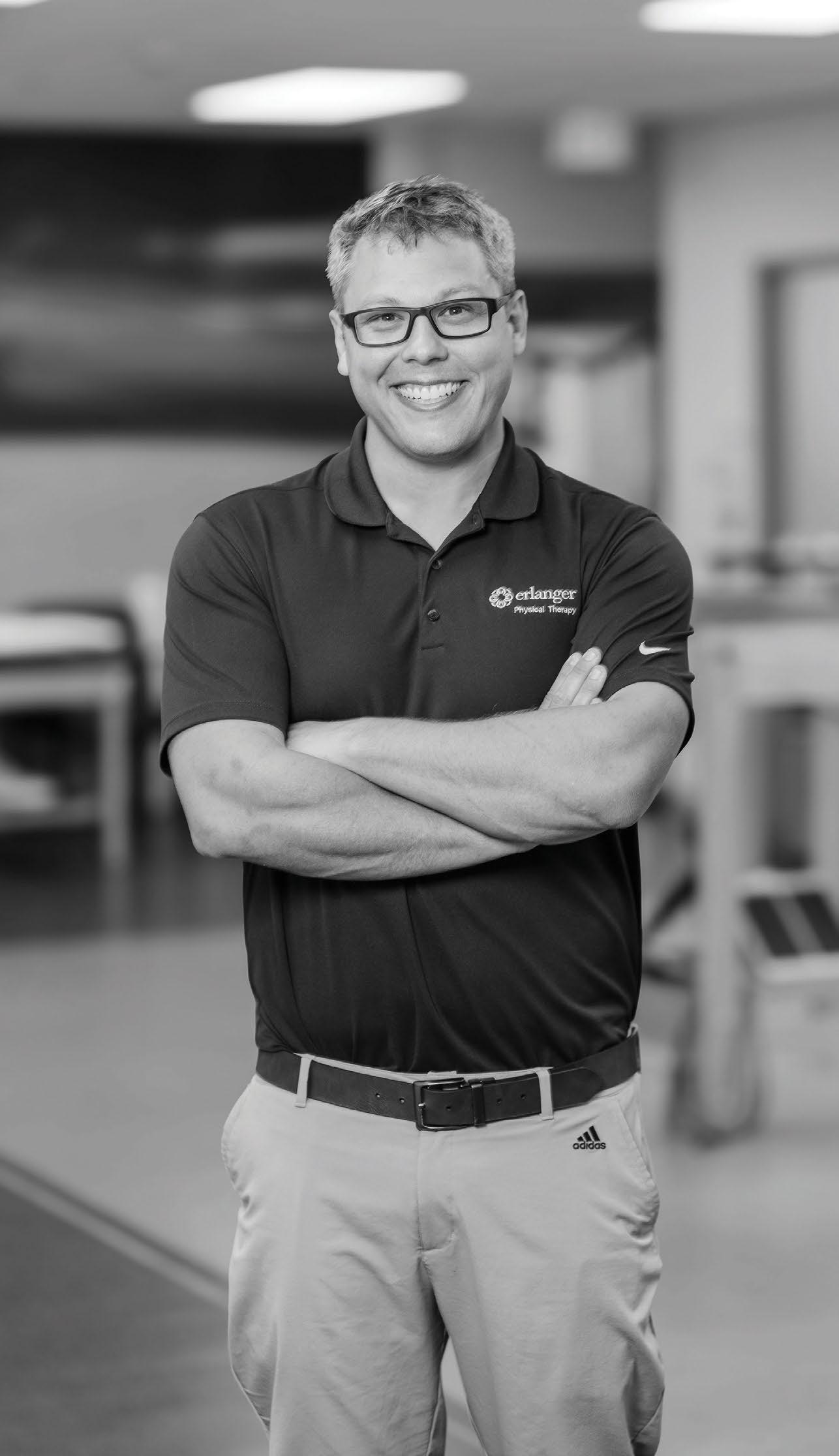
PROVIDING QUALITY CARE
MELISSA RIEF
ASCENSION LIVING
ALEXIAN VILLAGE TENNESSEE
LIVE AT HOME
For 16 years, Melissa Rief has been providing personalized care to the residents at Ascension Living. Now, for the past seven months, she has expanded her duties as the regional executive director. “Each day brings new opportunities, rewards, and challenges,” shares Rief. “These challenges can range from ensuring regulatory compliance to managing associate training and professional development.” Rief was inspired to enter the healthcare industry by her mother’s dedicated work as a registered nurse, and her career was later nurtured by those around her. “My colleague, Vicki, played a crucial role in my career by mentoring me and advocating for me to be given an opportunity in a management role,” says Rief.
My main strength is my ability to relate to all individuals with a variety of different perspectives, beliefs, and backgrounds.”
1
What do you love most about your profession?
The opportunity to make a profound difference in the lives of others. Through my actions and words, I strive to embody and share God’s love, bringing comfort and healing to those in need.
2
What is one of your happiest professional moments?
The happiest moments are when I get to witness residents after a few months of living in the independent living retirement community. I can often see a weight lifted off of them since they have made the decision to move into Ascension Living Alexian Village. I typically hear words like “I should have made this decision many years ago.” It means so much to me because I get to see how happy living here makes them.
3
What’s the key to making a great first impression?
The key to making a lasting first impression is to be authentic and to give the other person your full and undivided attention. This shows respect and appreciation for the individual you are meeting.
4
What is your philosophy when it comes to the care of your patients?
My philosophy is to treat the individuals we care for as if they were family, extend kindness, and to listen to, understand, and serve together.
5
What is your best advice for patients?
Always seek and maintain a sense of purpose in life, regardless of your circumstances. Even in the face of health challenges, there are countless ways to contribute and connect. For instance, if mobility issues limit physical activity, consider reaching out to someone with a thoughtful gesture like a ‘thinking of you’ card.
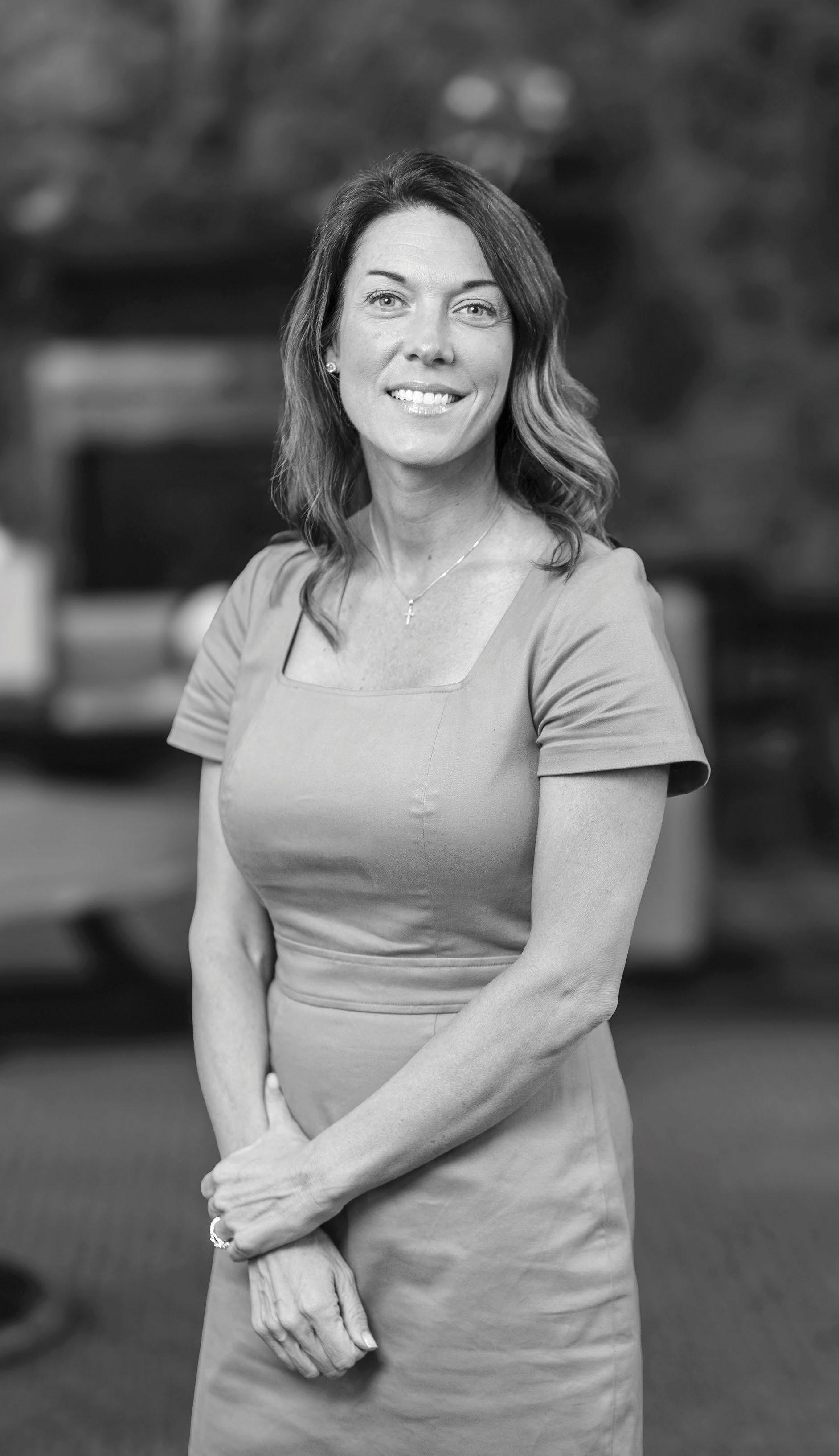
CARING FOR THE WHOLE
AMANDA JOLIET, MSN, FNP-C
ERLANGER PRIMARY CARE – CLEVELAND
After working for seven years as a registered nurse in an emergency room, Amanda Joliet realized that she was being drawn to primary care medicine. “I became interested in the puzzling diagnoses my patients would have as a registered nurse,” Joliet says. “I wanted to know the pathophysiology behind the diagnosis. I wanted to treat it.” Now, as of April 2024, Joliet gets to do just that as a nurse practitioner for Erlanger Primary Care in Cleveland. “The moments that bring me joy are when I can offer a patient a single solution that solves more than one problem,” shares Joliet.
I love primary care because it focuses on a holistically healthy you. It is an opportunity to listen to patients and their concerns and guide them in the direction they need to get healthy.”
1
Can you tell me a little bit about your profession? What does your day-to-day look like?
I diagnose and manage chronic health conditions and acute conditions. When a health-related issue arises, it is my job to assess and treat it. It is my goal to recognize potential health issues early through proper screenings and check-ups.
2
What is your best advice for patients?
Trust your gut! We are our biggest advocates when it comes to recognizing when something is not right. It is important to mention all the details surrounding your concerns because you may be painting a picture for the provider so they can properly assess and treat what is going on.
3
What’s the key to making a great first impression?
The key is a smile and a kind tone. It is important to remain engaged in the conversation and for the patient to recognize that their provider is acknowledging their concerns and demonstrating being a confident advocate.
4
What is your philosophy when it comes to the care for your patients?
I treat each patient as if they were my own family. They deserve someone providing thorough and evidence-based care. If an acute problem arises, I work with the patient and their schedule to find the proper time to address the problem.
5
What is one of your happiest professional moments?
I performed some extra testing on a patient who was having a basic chest pain complaint. I diagnosed heart failure in someone nearly asymptomatic and began treatment before reaching a diagnosis that presents many challenges when exacerbated. It was rewarding to know someone was possibly avoiding a hospital visit in the future and on the way to a healthier lifestyle.

IMPROVING PATIENTS’ LIVES
ATTICUS LUM, PA-C
ERLANGER UROLOGY
Atticus Lum was drawn to the medical field by his desire to help others. Now, Lum gets to improve patients’ lives as a physician associate in the underserved area of men’s health. “Many of our patients have either seen multiple providers who have not been able to address their problems, or they have been referred to us,” says Lum. “To build trust and rapport, patients need to be heard, and that starts as soon as the exam door opens.” Since November of 2023, Lum has worked at Erlanger Urology and is passionate about treating patients with the utmost level of care. Lum shares, “I try to remember that the more I can educate patients the more empowered they will feel to improve their health.”
I would tell any man who is suffering from sexual dysfunction, urinary issues, or any other type of malerelated diagnosis that they do not have to suffer in silence. There are providers in the medical community that can address these problems and improve quality of life.”
1
Can you tell me a little bit about your profession? What does your day-to-day look like?
As a physician associate (PA), I am a licensed clinician who practices medicine that is patient centered and team based. My focus is on men’s health, and I work alongside Dr. Anand Shridharani at Erlanger Urology. Every day, I help men whose lives have been affected by erectile dysfunction, benign prostatic hyperplasia, hypogonadism, testicular pain, and many other diagnoses.
2
What influenced you to pursue your career?
From a young age, I was always excited to go to the doctor’s office. As I grew older, the idea of being in the medical field and helping people only grew as I was able to shadow practitioners.
3
What do you love most about your profession?
What I love about being a PA is the ability to treat patients at the top of my scope of practice. This means being able to perform procedures and address problems that can immediately provide patients with quality-of-life improvements.
4
What would you consider to be your main strengths?
I would consider my main strength to be the ability to build rapport with patients as well as assuring them we will work together to address their problems.
5
What is one of your happiest professional moments?
It would be difficult to pin down any one moment. Any time I can help a patient improve their quality of life is a reminder of why I became a PA.


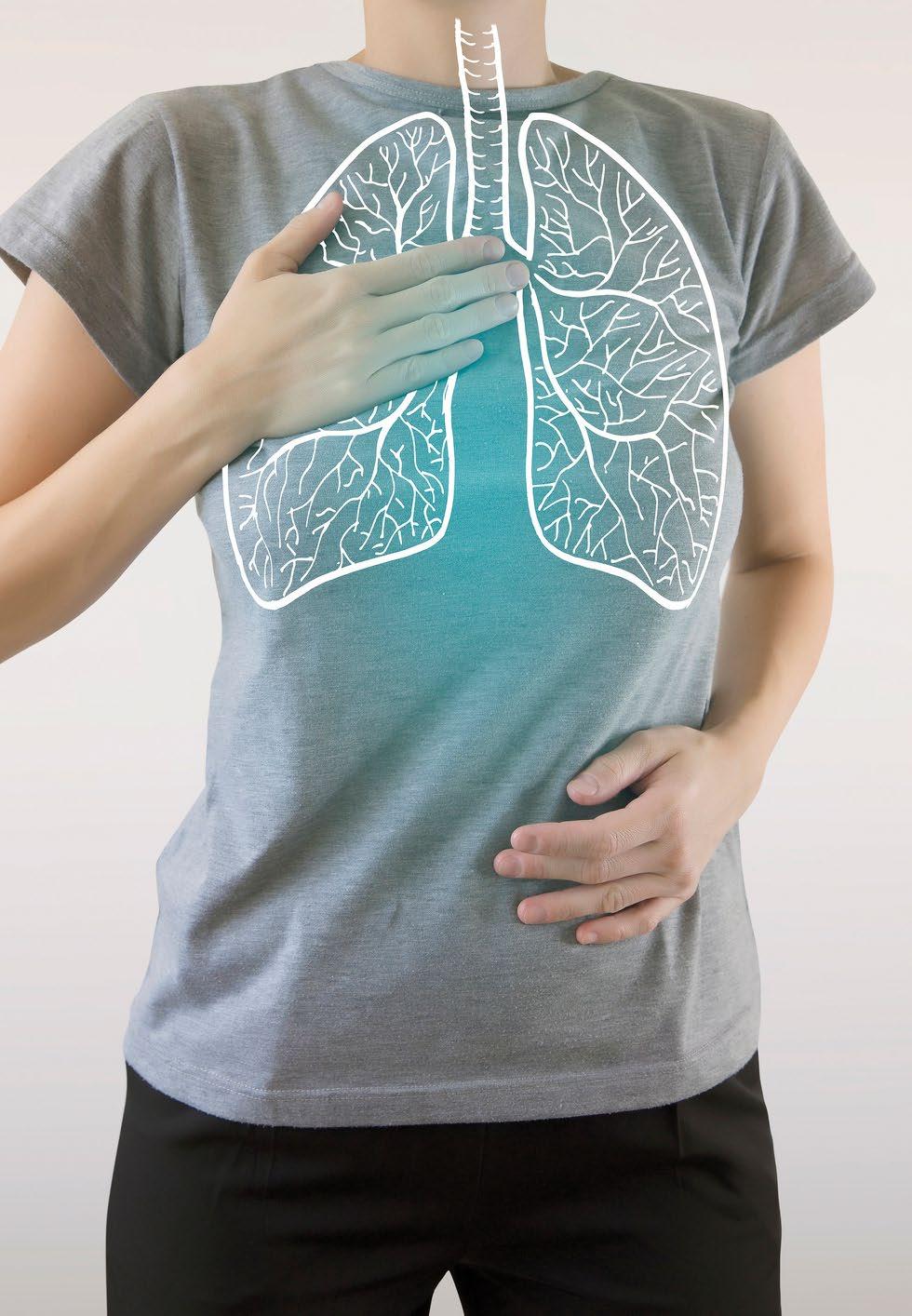
RESPIRATORY HEALTH / LIVING WITH PCOS / BABY STEPS
medical insights
Respiratory Health
CARING FOR YOUR LUNGS
By Kristen Dee
As our oxygen processing system, lungs and the overall respiratory system are critical to health and wellness. The respiratory system’s role is to move fresh air into our body while also removing waste gases. In addition, it regulates the air’s temperature and moisture levels, protects our body from harmful substances, and supports our sense of smell. Read on to learn more about how the respiratory system works, common illnesses, and how to keep your respiratory system healthy as you age, with guidance from local experts.
How the Respiratory System Works
The lungs are the most critical part of the respiratory system as the main organs. The respiratory system is also made up of airways including the mouth, nose, larynx, trachea, diaphragm, and bronchial tubes. The nose and mouth moisten and warm the air we inhale, and the air then fills the lungs’ air sacs, the alveoli, which are made up of tiny blood vessels called capillaries. These capillaries are connected to arteries and parts of the circulatory system that move blood around the body. As oxygen enters, carbon dioxide is exhaled in a process called gas exchange. If you’ve ever noticed that you don’t have to think about breathing, you have your autonomic nervous system to thank. The autonomic nervous system monitors your body’s oxygen needs and listens for signals from your airways, joints, muscles, and the brain. Sensors in the airways detect irritants to your lungs (this causes coughing and sneezing), sensors in the brain detect carbon dioxide and oxygen levels, and sensors in your joints and muscles detect your movement, which may play a role in an increased breathing rate during physical activity. These systems all work together to ensure you are breathing at the proper rate and have enough oxygen to survive.
Common Respiratory Illnesses
Despite trying to keep our respiratory systems healthy, conditions such as asthma and chronic obstructive pulmonary disease (COPD), as well as lung cancer, can impact respiratory health.
Asthma is inflammation and muscle tightening around the airways, which makes it harder to breathe. Symptoms can vary in severity from person to person. Common symptoms include a persistent cough that may worsen at night, wheezing, shortness of breath or difficulty breathing, and chest tightness. These symptoms may get worse at night, during sickness, when the weather changes, or if you come into contact with a trigger such as dust, fumes, pollen, or strong scents. Symptoms are often treated with an inhaler, which delivers medication directly to the lungs.
COPD, sometimes called emphysema or chronic bronchitis, is a lung disease that causes restricted airflow and breathing issues. Symptoms include a chronic cough, difficulty breathing, wheezing, and tiredness. These symptoms typically develop mid-life or later. Similar to asthma, COPD is often treated with an inhaler to prevent or reduce symptoms. If a respiratory infection develops, it will be treated with antibiotics or steroids.

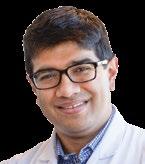
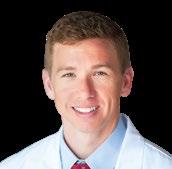
Jessica Van Mason, MD Board Certified Allergist, Chattanooga Allergy Clinic
Sumit Patel, MD Pulmonologist, CHI Memorial Lung Care Associates at Buz Standefer Lung Center
Ethan Rutledge, DO Pulmonologist, Blue Ridge Pulmonology
“Asthma and COPD treatments aim to control symptoms and improve quality of life,” says Dr. Jessica Van Mason of Chattanooga Allergy Clinic. “For asthma, inhaled corticosteroids are important because they reduce airway inflammation. Quick-relief inhalers, like albuterol, provide fast symptom relief. For long-term control, long-acting bronchodilators, or medicines that help open the airways, are often used in combination with corticosteroids. Other treatments include leukotriene modifiers and, for severe cases, biologics or injections that target the immune system. COPD treatment mainly uses long-acting bronchodilators. Inhaled corticosteroids are added for those with frequent exacerbations, an allergic phenotype, or asthma overlap. COPD care also includes pulmonary rehabilitation to strengthen breathing muscles, oxygen therapy for advanced stages, and quitting smoking to slow disease progression.”
Dr. Van Mason also notes that prevention is important. “Avoiding triggers and getting vaccines to prevent respiratory infections are important for both conditions. Personalized treatment plans and regular monitoring with your doctor can help ensure the best management,” she says.
In addition to asthma and COPD, lung cancer affects respiratory health and is currently the leading cause of cancer deaths worldwide. Smoking is the highest risk factor for developing lung cancer, followed by exposure to radon gas. Exposure to secondhand smoke, asbestos, radiation, and other factors also increase risk, along with genetics. When looking for symptoms of lung cancer, remember the acronym B.R.E.A.T.H.E.
According to Dr. Ethan Rutledge at Blue Ridge Pulmonology, patients should have a conversation with their doctor to see if a lung cancer screening is the right option for them. “Until 2011, there was not good data to support lung cancer screenings. However, since the National Lung Screening Trial demonstrated 20% mortality reduction with annual LDCT chest compared to chest X-rays, low dose CT chest for high risk patients is now recommended,” he says. “Currently, the recommendation is to screen those between ages of 50-80 who either currently smoke or have quit within the last 15 years and have smoked the equivalent of 20 pack-years (1 pack/day for 20 years or more) with an annual low-dose CT chest.”
Blood when you cough or spit
Recurring respiratory infections
Enduring cough that is new or different
Ache or pain in shoulder, back, or chest
Trouble breathing
Hoarseness or wheezing
Exhaustion, weakness, or loss of appetite

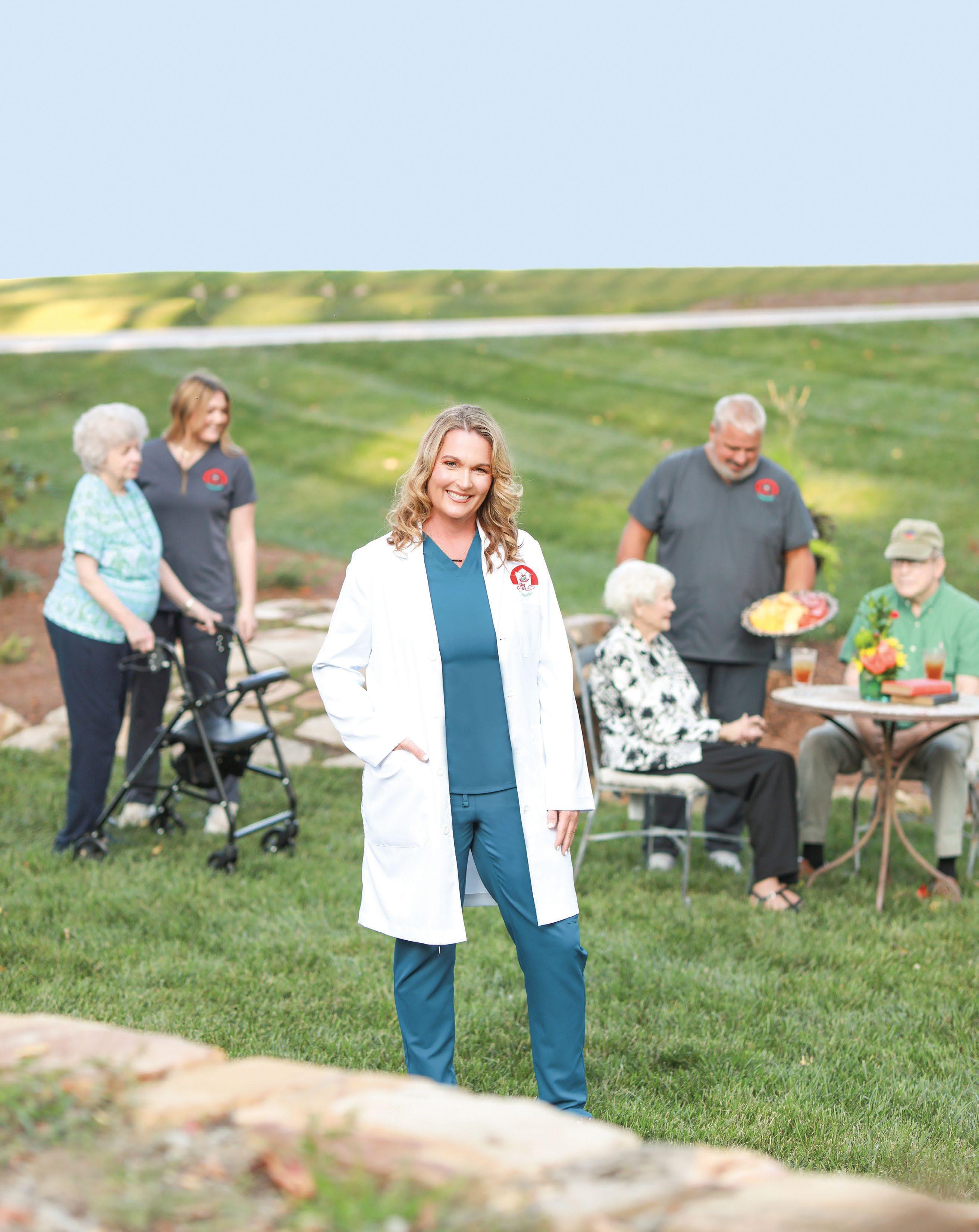
Photo taken by Casey Yoshida for The Scout Guide Chattanooga

Dr. Rutledge adds, “Patients should discuss the risks, including possible false positives which may require invasive procedures or biopsies, along with benefits of screening with their doctor prior to screening. Lung cancers caught at an earlier stage are more treatable and have better survival rates.”
Keeping Your Respiratory System Healthy
There are ways to keep the respiratory system healthy as you age, as well as signs that indicate something may be wrong. You likely have healthy lungs if your
breathing is natural and not forced or labored and you do not notice your own breathing. If you experience shortness of breath, persistent cough, chest pain, or any of the symptoms associated with B.R.E.A.T.H.E., these may be warning signs that something is wrong and you should visit the doctor.
“To maintain healthy respiratory systems as we age, we need to keep our lungs in top shape,” says Dr. Sumit Patel, a pulmonologist at CHI Memorial Lung Care Associates. “This would include physical activity such as regular aerobic exercise, like walking, jogging, or swimming. This improves lung capacity and function. Additionally,
we should try our best to avoid, or at least minimize, exposure to smoking, vaping, and pollutants and allergens. A diet high in antioxidants can fight inflammation and oxidative stress in the lungs. Stay up to date with vaccinations and practice good hygiene. Regular checkups with your primary care doctor are essential to catch early signs of respiratory issues and ensure timely management. For those with a history of smoking (active or past), it is important to ask your primary care doctor about annual lung cancer screenings to ensure adequate screening and early detections of potentially problematic lung lesions.”
Mental Health, Psychiatry, &
Neurology
Specialists
A Truly Holistic Approach to Mental Health Specializing in Holistic and Organic Psychiatric Treatment


Comprehensive services for a wide variety of conditions including: • Depression • Anxiety
Living with PCOS
By Tory Irmeger
Polycystic ovary syndrome (PCOS) is a common endocrine disorder, affecting up to 15% of women. Those with PCOS often experience irregular menstrual cycles, excess hair growth, and unpredictable ovulation that causes infertility. Although PCOS can be present from the onset of puberty, many individuals don’t receive a diagnosis until attempting to get pregnant. It’s important to recognize the symptoms of this syndrome so that individuals living with PCOS can take steps to mitigate negative symptoms and improve overall quality of life.
What causes PCOS?
While the exact cause of PCOS is unknown, many of its symptoms are caused by unusually high levels of hormones in the body called androgens. While androgens are present in both men and women, an excess of these hormones in women can result in unpredictable ovulation, excess hair growth, and other symptoms. Lack of ovulation causes small follicle cysts to develop on the ovaries, although not all ovarian cysts are associated with PCOS. There is evidence that genetics play a role, as those with a mother or sibling with PCOS have an increased likelihood of developing the condition as well.
“Research on PCOS is ongoing, but the outlook appears promising. There is a focus to improve diagnostic methods, better understand the underlying causes, develop more effective treatments, and enhance the overall quality of life for individuals affected by this condition,” says Dr. Lauren Thomas, a specialist at Galen Obstetrics and Gynecology.
Symptoms
While it’s possible to have PCOS and not experience symptoms, there are often signifiers that may vary from person to person. Common signs include:
• Irregular periods. Individuals with PCOS commonly experience irregular menstrual cycles, skipped periods, spotting, or heavy bleeding during periods.
• Abnormal hair growth and acne. Due to higher levels of androgens in the body, those with PCOS may grow excess hair on the face, arms, chest, or abdomen. Alternatively, PCOS can also cause alopecia, as well as acne or patches of dark skin.
• Infertility. PCOS causes irregular ovulation, which often makes it difficult for individuals to become pregnant. This condition can increase risks involved with pregnancy, although many individuals with PCOS are able to successfully carry a pregnancy.
• Overweight or obesity. As an endocrine disorder, PCOS is correlated with insulin resistance, and it’s estimated that between 40-80% of individuals with PCOS also have obesity and may struggle to maintain a healthful weight. An increase in insulin levels causes the ovaries to produce and release androgens, which, in excess, exacerbates PCOS symptoms.
• Depression, anxiety, or other mental health disorders. Studies have shown an increased prevalence of depression and anxiety in individuals with PCOS. Lack of treatment and body image issues may contribute to these conditions.


Jeanie Dassow, MD OB/GYN, Erlanger Women’s Health
Lauren Thomas, MD
OB/GYN, Galen Obstetrics & Gynecology, Ridgeside
Diagnosis
Diagnosing PCOS involves ruling out any other possible health problems by reviewing your symptoms, medical history, and family history with a healthcare provider. Providers typically look for at least two of three symptoms for a diagnosis: irregular or missed periods, signs of excess androgens, and/or evidence of ovarian cysts. Note, it’s possible to develop and be diagnosed with PCOS without the evidence of cysts. Aspects of physical examinations might include a pelvic exam, so your provider can check for growths or masses on the reproductive organs, blood tests to measure hormone levels, and/or a pelvic ultrasound to examine the ovaries and uterine lining.
“For those affected by PCOS, symptoms such as excess fatigue, skipping cycles, weight gain, sleep problems, or headaches often first appear
around puberty. Because many of these symptoms are signs of other diseases, it can be hard to diagnose PCOS. Once other conditions are ruled out, ask your doctor about a PCOS diagnosis if you’re experiencing irregular periods, unwanted hair growth, acne, and hair loss on scalp, or small cysts on the ovaries,” says Dr. Jeanie Dassow of Erlanger Women’s Health.
Because the symptoms of PCOS overlap with other gynecological conditions, it may be difficult to determine what is normal and what isn’t for your body. Tracking your periods, weight fluctuations, acne flare-ups, and differences in hair growth can help you and your physician determine the cause of reproductive health-related issues. No matter how mild or severe your symptoms, early diagnosis and intervention is a crucial step in improving overall well-being and preventing additional health risks.


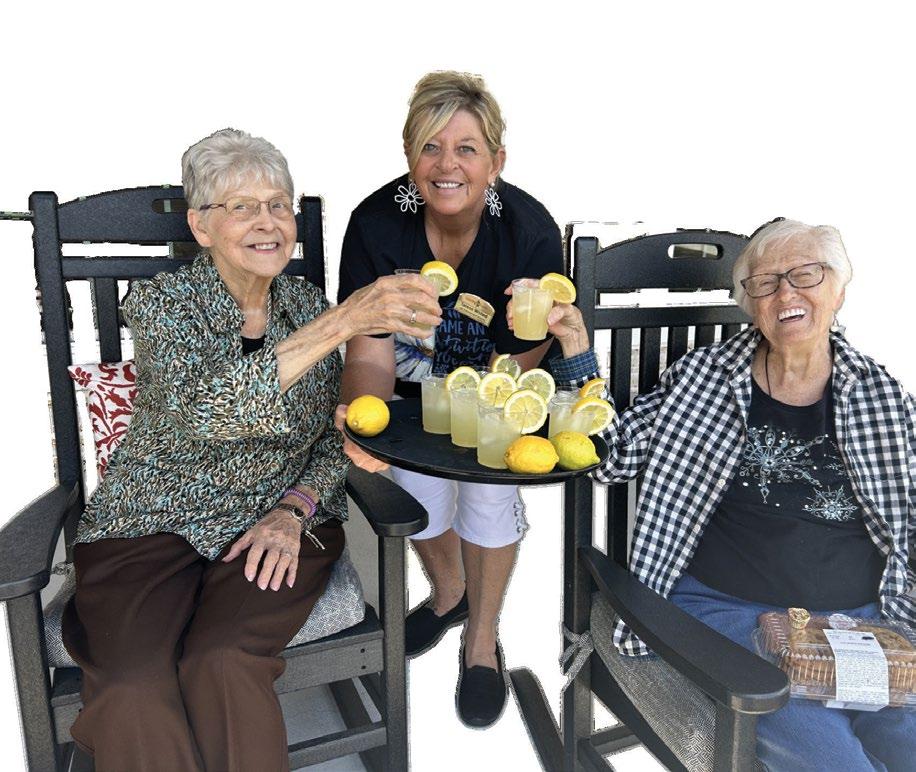

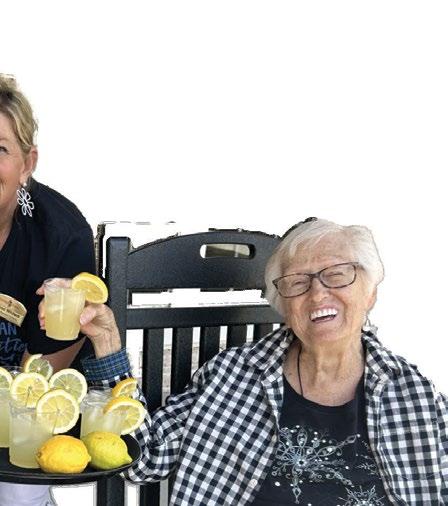






Treatment
While there is no known cure for PCOS, there are treatment plans available to manage uncomfortable symptoms. “Managing PCOS involves a combination of lifestyle changes, medication, and sometimes surgical interventions,” says Dr. Thomas. “A healthy diet balanced with fruits, vegetables, whole grains, and lean proteins can help manage weight and regulate insulin levels.
Regular exercise, including both aerobic and strength training, improves insulin sensitivity while reducing stress
levels and promoting overall well-being.”
To assist with conception, certain medications may be prescribed to induce ovulation, including clomiphene, letrozole, and gonadotropins. In vitro fertilization (IVF) may also be an avenue to help those with PCOS become pregnant. For individuals not looking to become pregnant, medications like hormonal birth control may be prescribed to regulate the menstrual cycle and manage acne and excess hair growth. If a medication is causing negative side effects

that affect your quality of life, consult with your physician about pursuing an alternative treatment option.
PCOS symptoms can continue after menopause, so it’s important to pursue treatment options even past the reproductive stage of life. Dr. Thomas adds, “It is important for individuals with PCOS to have regular checkups with healthcare providers to monitor their condition. Understanding PCOS symptoms and management options empowers individuals to make informed decisions about their health.”
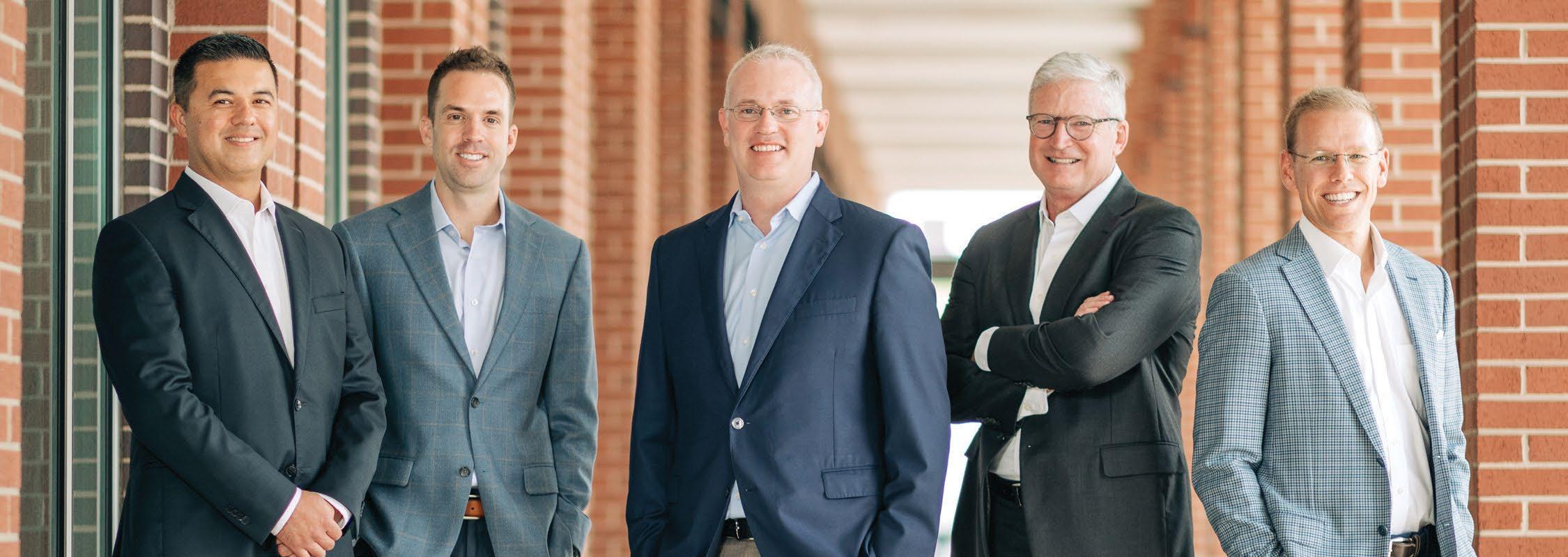
John Sterner was ranked by Forbes as the #1 Financial Security Professional in TN and #38 nationwide. Al Waldrop was ranked #3 in TN on the Best-in-State list.
NORTHWESTERN MUTUAL PRIVATE CLIENT GROUP
Northwestern Mutual is the marketing name for The Northwestern Mutual Life Insurance Company (NM) and its subsidiaries in Milwaukee, WI. Sterner Financial is a marketing name for doing business as representatives of Northwestern Mutual. Northwestern Mutual Private Client Group is a select group of NM advisors and representatives. Sterner Financial and Northwestern Mutual Private Client Group are not a registered investment adviser, broker-dealer, insurance agency, federal savings bank or other legal entity. Ranking Published 7/26/23. Data as of 12/31/22. No compensation provided for ranking. Licensing fees apply to use Forbes logo. Research and ranking provided by SHOOK Research, LLC. Rankings and recognitions are no guarantee of future investment success.



your quality of life begins when you
in rehabilitation. Talk to your medical professionals about choosing Encompass Health for rehabilitation.
For those recovering from a stroke, injury or illness, regaining your best quality of life begins with your ability to choose. Choose Encompass Health for exceptional results.
encompasshealth.com/chattanoogarehab
Baby Steps
RECOGNIZING CHILDHOOD DEVELOPMENT MILESTONES
By Ali Lemmons
From birth to 5 years of age, there are many milestones that your child will begin to hit socially, linguistically, cognitively, and physically. While not every child matures at the exact same rate, these milestones are a good guideline to determine how and when your child should be progressing. Here, we discuss just a few of the ways your child will begin to develop and share advice from experts on the subject.
What Are the Different Kinds of Child Development?
Social/Emotional
Your baby will learn to recognize you, experience joy and laughter, and interact with those around them.
Language/Communication
Your baby will learn how to make sounds, understand what is spoken to them, and slowly develop their speaking skills.
Cognitive
Your baby will learn new things, follow instructions or commands, and develop problem-solving skills.
Physical
Your baby will grow, get stronger, develop large and fine motor skills, and improve their coordination.
Typical Milestones
2-4 months:
• Smiling – In this age range, your baby will begin to smile, both in response to your smile and to get your attention.
• Cooing noises – Though they aren’t speaking yet, your baby will try to communicate with you by making different noises, such as ‘ooh’ and ‘ahh.’
• Using hands – Your baby will start by opening their hands and move on to holding toys that you place in them.
• Holding head up – During tummy time, your baby will learn to lift their head up and eventually push up onto their forearms.
6 months:
• Laughing – As your baby continues to develop, they’ll soon start laughing along with their smiles.
• Making sounds – In addition to cooing, your baby will take turns making different sounds with you.
• Rolling over – Your baby will learn to roll over from their tummy onto their back.
9 months:
• Sitting without support – Your baby will learn to get into a sitting position by themselves and be able to sit there without any support.
• Reacting to name – When you call your baby’s name, they’ll begin to notice and look towards you.
• Lifting arms – To communicate that they want to be picked up, your baby will begin lifting their arms toward you.
1 year:
• Playing games – At 1 year of age, your baby will take interest in playing games such as pat-a-cake.
• Saying names – Your baby will begin to call you a name, such as ‘mama’ or ‘dada.’
• Pulling up – Your baby will learn to pull themselves up to a standing position and walk while using furniture as a guide.

Typical Milestones
15-18 months:
• Showing affection – Your toddler will begin to hug, kiss, and cuddle with you.
• Trying to speak – While not quite to full words, your toddler will try to say things like ‘ba’ (ball) and ‘da’ (dog).
• Taking steps – Now, your toddler will begin trying to walk without holding onto anything.
• Looking at books – Your toddler will be able to focus on a few pages of a book at a time while reading together.


2 years:
• Developing empathy – Your toddler will begin to notice if someone is upset. They will pause to take it in or be noticeably upset.
• Speaking – Now, your toddler will say words in groups of two. This may sound like ‘more milk.’
• Running – Now more confident, your toddler will move from unsteady steps to running.
3 years:
• Noticing other children – Your child will begin to not only notice other children, but to seek them out to play.
• Asking questions – Your child will enter their question phase and begin to ask who, what, where, and why?
• Using a fork – With developing motor skills, your child will begin to use a fork and other utensils with more ease.


5 years:
• Singing for you – As their personality develops, your child may begin to sing, dance, and act for you.
• Telling stories – Your child will tell stories that have at least two events in them.
• Writing letters – Your child will be able to write some of the letters in their name.
Developmental Delays
Every child is different, so not every child will reach the same milestones at the exact same time. These milestones are good guidelines to follow to see how your child is developing, but it’s not a strict timetable. However, in some instances, a child could be suffering from a developmental delay. A developmental delay occurs when a child consistently falls behind their peers and doesn’t meet expectations. According to the CDC, around 1 in 6 children have at least one delay in their development. But don’t worry yet. Many developmental delays will be resolved on their own time or can be worked through with extra parental support. If you’re concerned about your child’s development, consult your doctor for advice.

Q. What causes developmental delays in children? Are there ways to avoid them?
A. It astounds me how quickly children grow and develop. Because these changes occur rapidly, it’s important to have regular “well checks” to assure your child is developing appropriately. While some delays are not preventable – like those caused by prematurity or genetic factors – there are some habits that can promote healthy development. Singing, talking, and reading with your child can do wonders for their communication skills. For motor skills, starting daily “tummy time” in the first few weeks of life can help build the muscles your child needs to soon roll, then crawl and walk. Additionally, time spent outside – versus in front of a screen – usually results in great opportunities for imagination, strength building, and even social development if another child is present.
Lindsay Gammenthaler, MD Pediatrician, Spring Creek Pediatrics

Q. When should parents consult their doctor about their child falling behind in these milestones?
Five Tips to Improve Delays
1. Play with your child
2. Read to your child
3. Set screen time limits
4. Create a routine
5. Consult your doctor
A. As a parent, you know your child best. If you ever feel like your child isn’t meeting their developmental milestones or if you notice anything unusual in how they play, learn, speak, or move, don’t hesitate to talk to your child’s doctor. Early intervention is crucial, so if you have any concerns about delays, it’s important to discuss them with your primary care provider (PCP) promptly. Trust your instincts and reach out whenever you feel unsure – it’s never too early to seek help. Keeping track of your child’s milestones can be helpful. You can use resources like the CDC milestones tracker to monitor their development. Regular well-child visits, including developmental surveillance, are also essential. During these visits, your doctor will assess your child’s development and offer support if needed. Well-child visits are an excellent opportunity for your PCP to evaluate your child’s development and provide assistance if necessary.
Lorena Ferreira, MD Developmental Behavioral Pediatrician, Siskin Children’s Institute

Q. How can parents support their children and encourage them to reach these developmental milestones?
A. Simple activities that cross the areas of global development don’t have to be complicated or expensive. A trip to the park with friends can target each developmental domain incidentally: count stairs as you climb to the slide, take turns, bury toys in the sand and dirt, and talk about what’s happening – you just hit it all! Modeling healthy practices is so important for children to then choose them independently, and while it is important to keep our children safe, part of learning is failing. Falling down and learning to get back up is part of gross motor development – and of lifelong learning. If you ever have concerns about your child’s development – and we all do at some point – always talk to your pediatrician.
Shonda Caines
Lower School Head and Director of Exceptional Education Programs, Chattanooga Christian School
Growing Your Business Maximizing Your Return on Investment
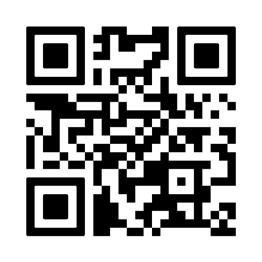
ANNUAL SPE C IAL SECTION
Advancements in Medicine

From minimally invasive surgical technologies to innovative appproaches to rehabiliation and beyond, new research in the medical field is optimizing care for patients and doctors alike. Read on to discover the latest in revolutionary treatment options.
By Rachel Studebaker and Kristen Dee

An Expert Weighs In
“Chronic venous insufficiency (CVI) is easily the most common disorder causing leg pain. It is seen in both adult women and men in all age ranges. While older treatment modalities involved invasive surgical procedures performed in the hospital, patients are now treated with advanced, minimally invasive therapies in an outpatient setting. Most treatments are performed with little to no sedation and take no more than 20 minutes. It is incredibly fulfilling to treat patients with CVI who have been suffering with pain, fatigue, swelling and even ulceration for years, thereby giving them back their legs, and in some cases, their lives.”
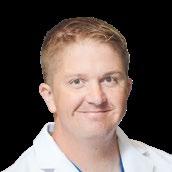
William B. Harris, DO, FACS, RPVI Vascular Surgeon, Vascular Institute of Chattanooga
Advancements in Venous Therapies
Innovative options are available to patients dealing with varicose veins and venous insufficiency.
Understanding Venous Insufficiency
Varicose veins are swollen and twisted blood vessels that are visible just under the skin’s surface, typically in the legs and feet. They are very common, affecting 1 in 3 adults. In some cases, adults with varicose veins can develop chronic venous insufficiency (CVI).
CVI is caused by inadequate blood flow in the legs and is the most common cardiovascular disorder, typically affecting adults over the age of 50. It occurs when the valves in the venous system malfunction, causing blood to pool in the lower legs. Symptoms include painful varicose veins, swelling, cramping, heaviness, and skin changes. Swelling and fatigue is often worse at the end of the day and improves with elevation or compression. Left untreated, CVI can lead to serious health conditions including ulceration and limb loss.
New Solutions
Advanced venous therapies can provide relief from these symptoms and treat both varicose veins and CVI. Noninvasive ultrasound is used to diagnose CVI and determine the appropriate course of treatment, with ultrasound devices sometimes placed inside the vein to diagnose more advanced forms of CVI and help to guide therapy.
What to Expect
These minimally invasive therapeutic options include:
Chemical ablation. Boston Scientific’s Varithena uses chemical ablation to treat diseased veins. It involves an injection of a medicated foam to collapse the vein, thereby redirecting blood flow to healthier veins nearby.
Radiofrequency thermal ablation. This procedure is frequently used to treat CVI. It uses a small, flexible catheter to deliver heat to the offending vein, causing it to close. This redirects flow to a lower pressure, higher flow vein, decompressing the system. BD’s Venclose is the most advanced therapeutic radiofrequency solution on the market today.
Stenting. A metal mesh tube, called a stent, is used to open narrowed or blocked veins and improve the return of blood back to the heart by decompressing the system. Leaders in this field include Medtronic’s Abre and BD’s Venovo advanced venous stent systems.
Benefits to Patients
Thanks to these advanced diagnostic and therapeutic technologies, management of CVI can be a relatively easy and efficient process. Patients can find relief from leg pain and fatigue in fast outpatient procedures that involve minimal discomfort.
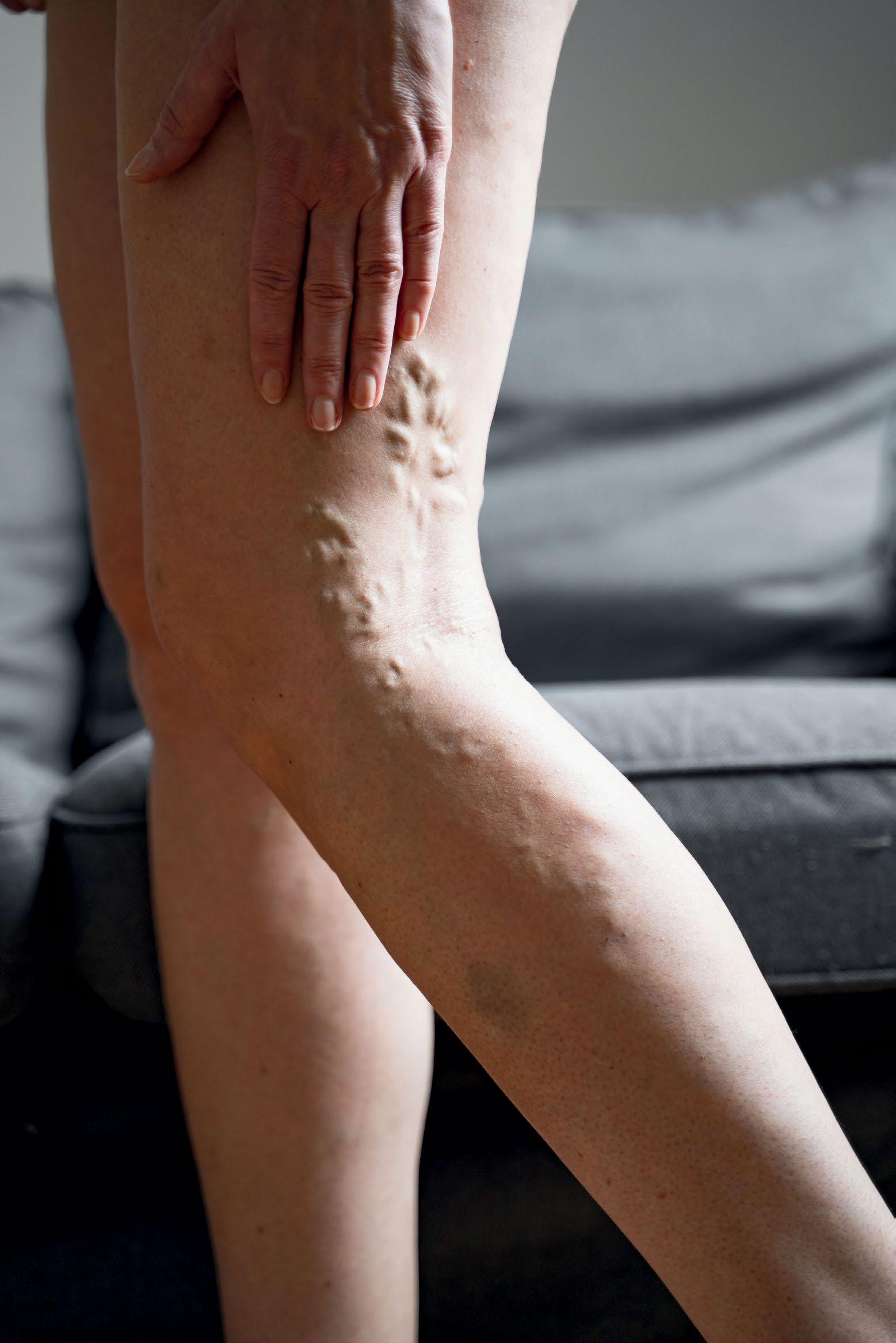

Pain-Free Pain-Free

CHRONIC VENOUS INSUFFICIENCY
(CVI) is a condition where the veins in your legs struggle to send blood back to your heart, causing pressure, swelling, pain, and even skin ulcers. Don't let CVI hold you back—modern treatment options are more effective than ever.
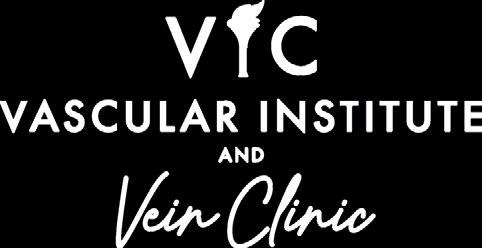
we are regional leaders in vascular care, offering advanced treatments like Varithena, Venaseal, Venclose (RFA), and venous stenting for obstruction to ensure the best outcomes for our patients.
CHOOSING A VASCULAR SURGEON
for your vein issues means opting for expertise and specialized vascular care. Our team is dedicated to using the latest technologies and techniques to alleviate symptoms and improve your quality of life.
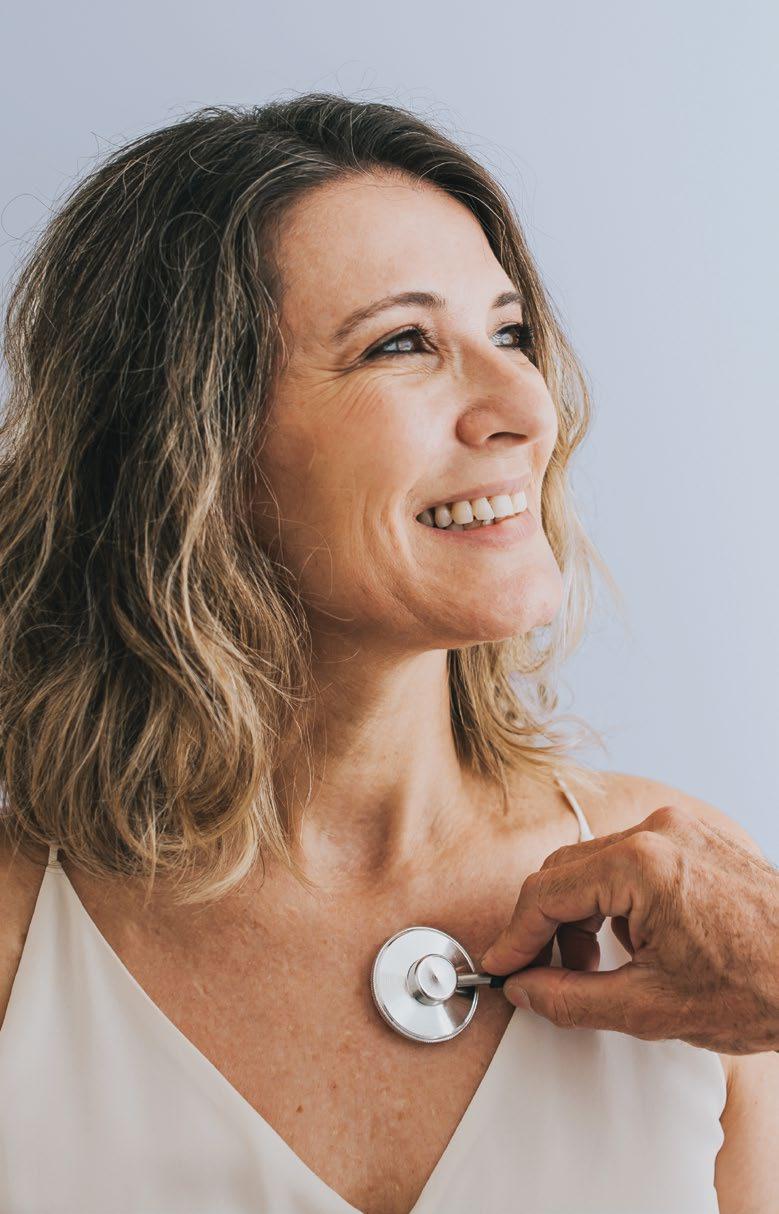
An Expert Weighs In
“We are grateful to be able to perform this cutting-edge procedure for Chattanooga and to accomplish yet another first in the state of Tennessee for Erlanger and the University of Tennessee Health Science Center. Offering this procedure to patients allows Erlanger to achieve its mission by safely and effectively revolutionizing care for those with slow or irregular heart rhythms.”
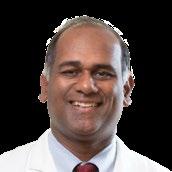
Harish Manyam, MD Chief of Cardiology, Erlanger
Advancements in Pacemakers
This dual chamber leadless pacemaker system is the first of its kind.
Understanding Pacemakers
A pacemaker is a small, battery-powered device that controls or increases an irregular or slow heartbeat, stimulating the heart as needed to keep it beating regularly. Nearly 80% of people who receive a pacemaker need a dual chamber option to pace both chambers of the heart. While leadless pacemakers have historically been limited to single-chamber devices, recent advancements have provided a new dual chamber pacing option.
New Solutions
The dual chamber leadless pacemaker system is a cutting-edge option for patients in need of a pacemaker. Through new implant-to-implant technology, this pacemaker offers beat-to-beat communication between the two leadless pacemakers in both chambers of the heart. This system involves seamless, wireless synchronization of two leadless pacemakers and revolutionizes care for those with slow or irregular heart rhythms.
What to Expect
Receiving a pacemaker involves surgery, which typically lasts a few hours. Local anesthesia will be used to numb the insertion site. During the implantation procedure, a surgeon will place the leadless pacemakers into the heart using a thin, flexible tube called a catheter that guides the pacemakers through a blood vessel to their proper position. The devices will then be programmed to meet your heart rhythm needs.
Benefits to Patients
Unlike traditional pacemakers, leadless devices are implanted directly into the heart through a minimally invasive procedure and eliminate the need for cardiac leads. As a result, leadless pacemakers reduce the risk of lead-related complications and offers a less restrictive and shorter recovery period following surgery.
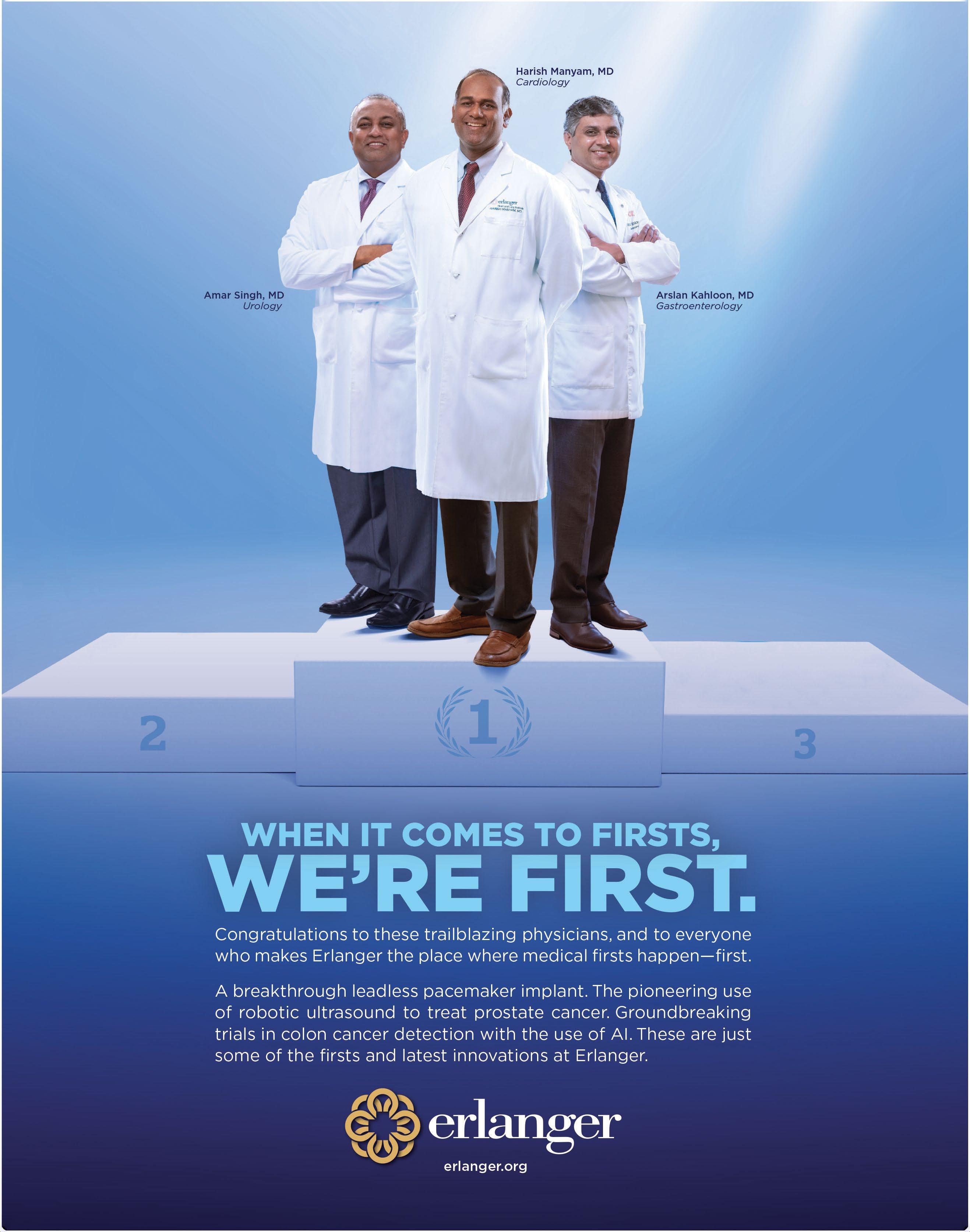
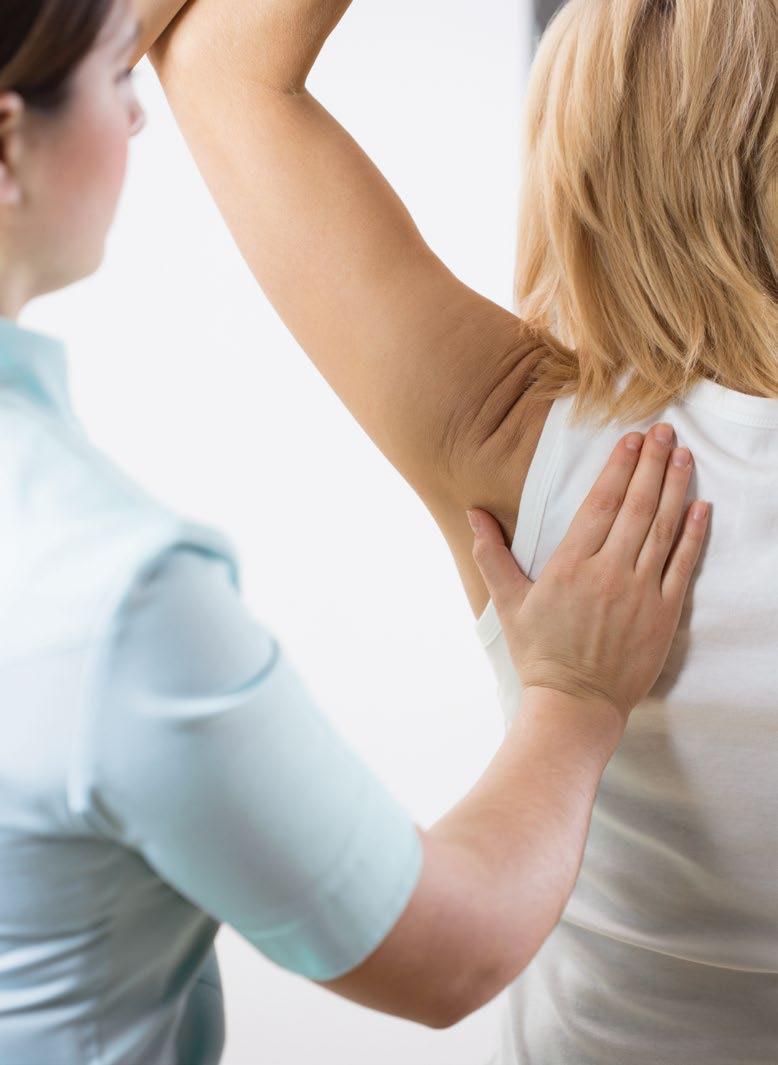
An Expert Weighs In
“Shoulder replacements have become more common in recent years due to expanding indications – meaning more conditions can be treated with the procedure – as well as better surgical technology and implant design. What was traditionally an inpatient procedure can now often be performed in a same-day setting like CSMO Surgery, thanks to techniques that reduce blood loss, improve pain control, and decrease the need for narcotic medications. These advances collectively contribute to better surgical outcomes, reduced recovery times, and enhanced overall patient experiences with total shoulder replacement.”

Todd Bell, MD
Fellowship Trained Sports Medicine & Traumatology Surgeon, Center for Sports Medicine & Orthopaedics
Advancements in Shoulder Replacement
This highly successful joint replacement surgery can now be done same-day.
Understanding Shoulder Replacement
The shoulder is a ball-and-socket joint, where the upper arm bone fits into a socket in the shoulder. Along with the hips, a healthy shoulder moves more than any other joint in the body, making wear, tear, and injury common. Conditions such as arthritis and injuries can damage the shoulder joint and cause pain, weakness, and stiffness. If non-surgical methods prove unsuccessful, shoulder replacement surgery can be an effective way to provide long-term relief from these symptoms.
New Solutions
Total shoulder replacement, or shoulder arthroplasty, is the third most common joint replacement in the U.S., with over 100,000 surgeries performed each year. During this surgery, both the ball and socket are replaced with implants that replicate the normal function of the bones and joint. Total shoulder replacement is now available as a same-day procedure thanks to ambulatory surgery centers that specialize in this type of care.
What to Expect
Patients typically receive general anesthesia before surgery, as well as a nerve block to numb the shoulder and provide pain control for the first days of recovery. The procedure typically takes 1-2 hours, during which an orthopedic surgeon will remove the damaged areas of bone and replace them with implants made of metal and plastic. In the same-day setting, patients will be free to return home afterward with a trusted guardian.
Benefits to Patients
Total shoulder replacement is mostly commonly recommended for people in their 60s or 70s who suffer from severe arthritis or because of a rotator cuff tear or complex shoulder fracture. It has a high success rate of relieving pain and improving range of motion and shoulder strength. Plus, state-of-the-art care makes it possible for patients to undergo surgery and then recover in the comfort of their own homes – decreasing infection risk, sparing the costs of a hospital visit, and providing the convenience of immediate control over the postoperative period.



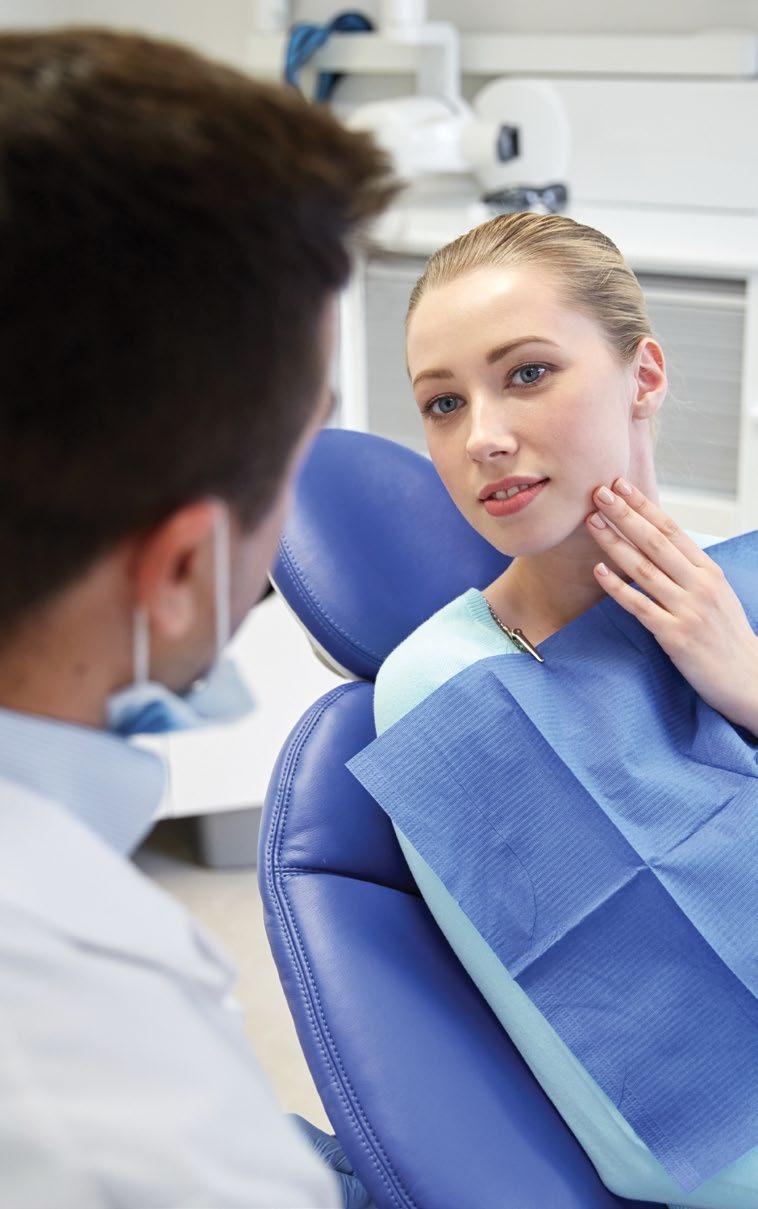
An Expert Weighs In
“It is best to remove wisdom teeth between the ages of 15 and 26 to prevent an increased rate of complications and difficulty in treatment associated with the surgery as you age. As a general rule, it is much easier on the patient, doctor, and surgical team to surgically remove wisdom teeth in the younger population due to the overall health and flexibility of their bone.”

Ricky Johnson, DDS, MD Oral Surgeon, Implants & Oral Surgery of Chattanooga
Advancements in Wisdom Teeth Removal
Improved imaging and medications make this common surgery a safer and more comfortable experience.
Understanding Wisdom Teeth
Wisdom teeth refers to the third molars, which are located at the back of the mouth and are the last teeth to emerge. When wisdom teeth become impacted, or overcrowded, they put pressure on the neighboring molars and can lead to problems including pain, cavities, bone loss, cysts, tumors, and infections. Surgical removal can help prevent these problems and is recommended between the ages of 15 and 26 to reduce the risk of complications.
New Solutions
Wisdom teeth removal surgery is a very common procedure, and advancements in imaging and medications have made strides in improving the patient experience. Imaging technology is used to view wisdom teeth placement and inform plans for the procedure. Conebeam CT scans are an innovative imaging option that can produce detailed, three-dimensional images of the teeth and mouth, as well as the nerves and vessels.
Anesthesia is administered during the procedure to aid a pain-free experience. Advancements in medicine have produced a variety of options, which include local anesthesia, nitrous oxide, conscious oral or IV sedation, and general anesthesia.
Pain medication can assist the healing process. Prescriptions may include narcotics for acute episodes of pain, and non-opioid options are available for use throughout recovery.
Benefits to Patients
Detailed imaging allows for precise planning that reduces the risk of complications, while anesthesia and pain medication have improved patient comfort during and after removal. Knowing these advancements are available to prevent complications and ease discomfort can be a great relief to any anxieties patients may have about this procedure.
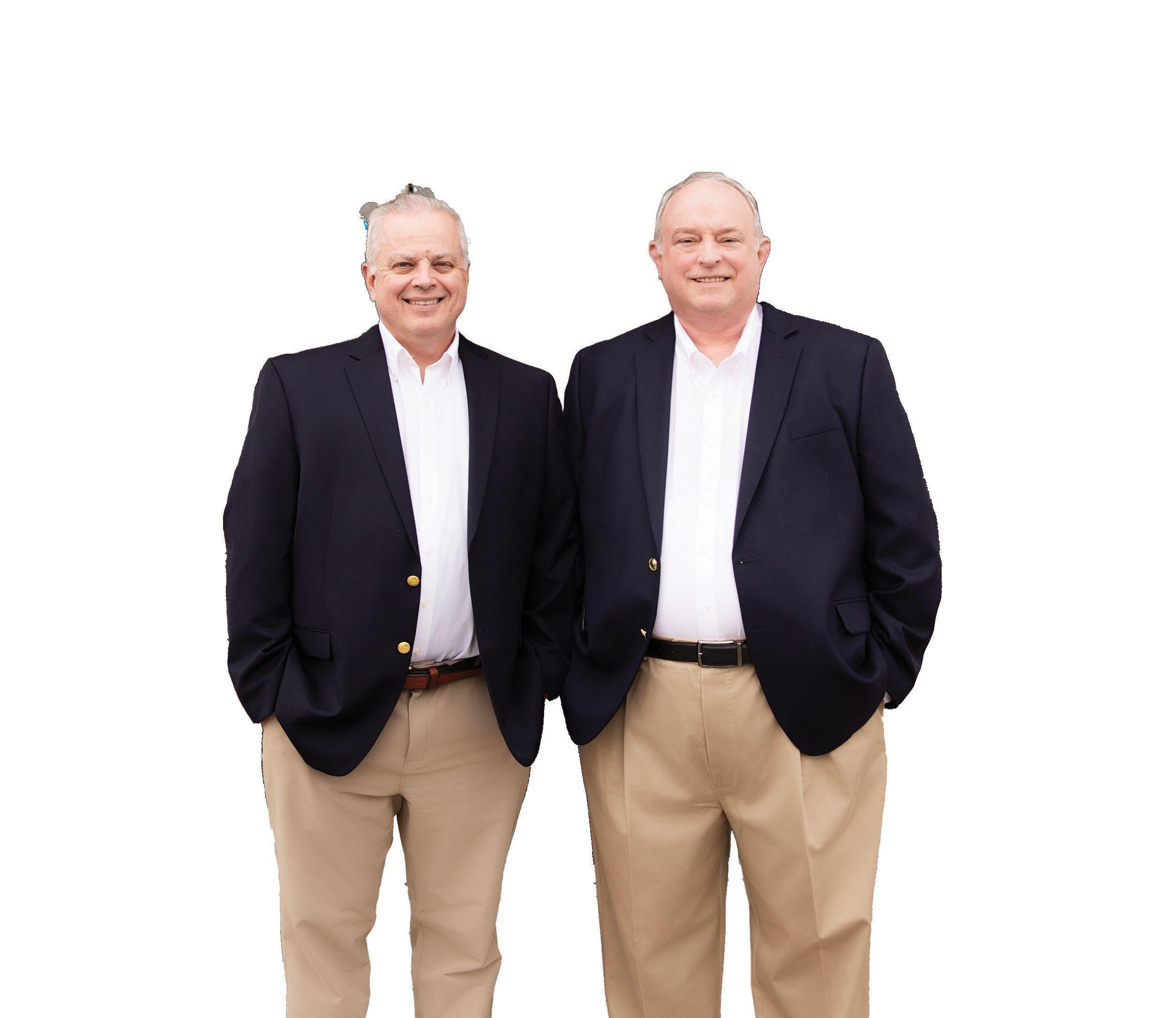


An Expert Weighs In
“The REAL System allows for us to introduce a new treatment environment for patients. Virtual reality can be disorientating for some, but this system has allowed us to integrate cognitive, physical, and balance tasks into the system to allow for improving their function without issues. We find this device useful for a variety of patients and settings, including inpatient and outpatient. There has been more research lately on the benefit of adding virtual reality to therapy services and we are excited to use the REAL System to do so at Siskin Hospital.”

Kyle Binkley, PT, DPT Director of Outpatient Therapy Services, Siskin Hospital for Physical Rehabilitation
Advancements in Virtual Reality
Virtual reality has become a valuable rehabilitative tool.
Understanding Virtual Reality
Virtual reality (VR) refers to a computer-generated, threedimensional simulation that can be interacted with using equipment such as near-eye displays and tracking sensors. This technology has been increasingly implemented into rehabilitative practices to better engage patients as they undergo therapy.
New Solutions
The REAL System Virtual Reality Immersive Healthcare Platform is an innovative, FDA-cleared technology clinically designed to support motor skills and cognitive function. Using the REAL System, therapists can guide patients through a full-body, seated, or standing VR experience to help build balance and core strength, or to target the upper or lower extremities. Therapists can also use this system to simulate daily tasks such as navigation, grasping, placing items, and reaching overhead. Cognitive function exercises can help improve decision-making, memory, visuospatial awareness, and reactive movement. The REAL System can be used in a variety of rehabilitative settings and has activities to support physical, occupational, speech, and recreation therapy.
What to Expect
The REAL System has three components: a VR headset, hands-free sensors that enable full-body tracking, and a tablet for the therapist to view and customize the activity. Patients will put on the headset and sensors and engage in an immersive virtual world and activity created for therapeutic purposes.
Benefits to Patients
The engaging activities of the REAL System can motivate patients to meet their goals and encourage intensity, repetition, and endurance. With customizable settings, therapists can tailor these activities to best suit the patient’s needs. Plus, the system can evaluate patient progress with insightful, objective measures that can be used to inform the treatment plan.
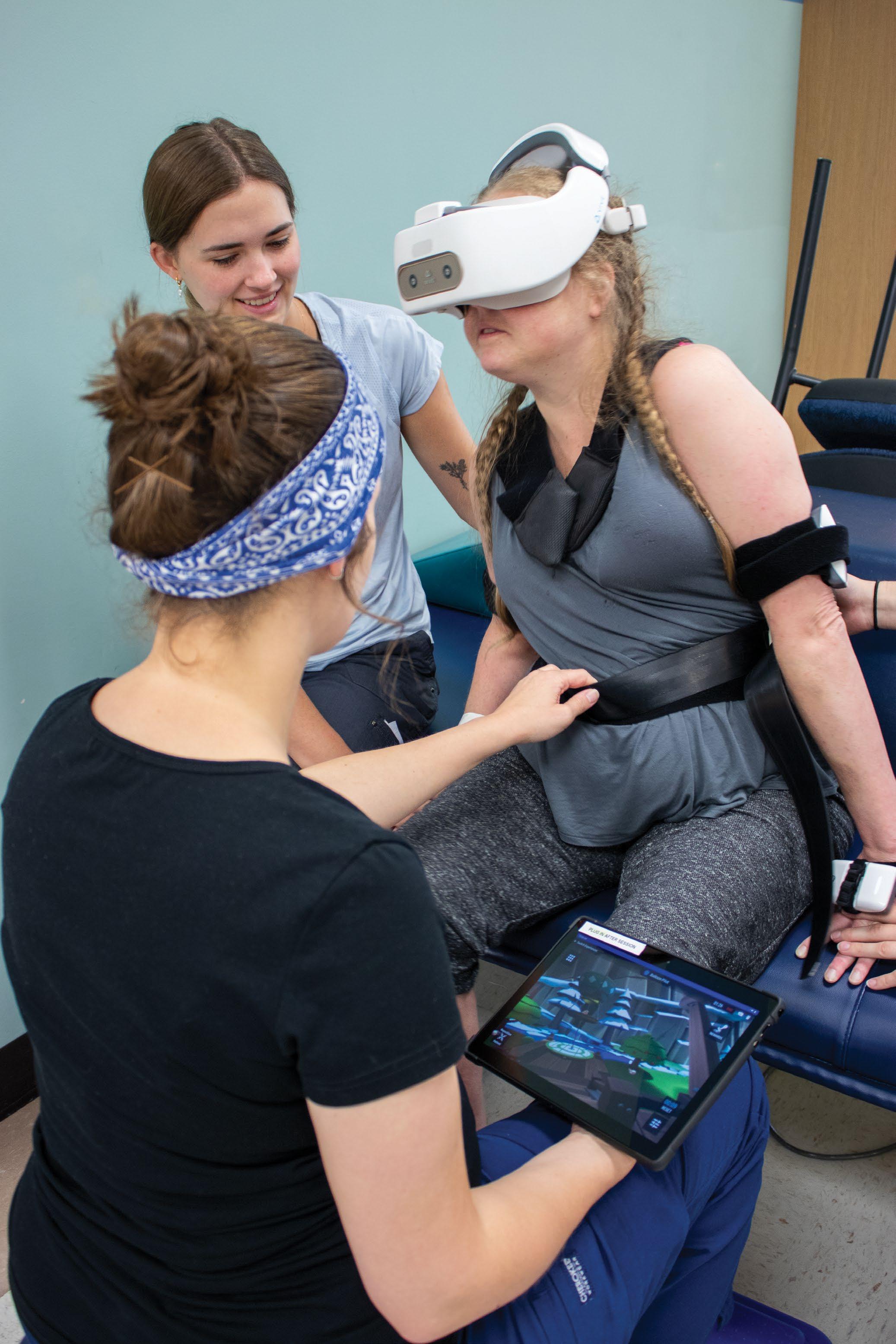
Advancements in Skin Cancer Treatment
Mohs surgery is a highly effective treatment option for skin cancer.

Understanding Skin Cancer
Skin cancer is the most common type of cancer in the United States and is caused by a combination of factors, including genetic predisposition, overexposure to ultraviolet (UV) rays from the sun, age, and immune function. Basal cell carcinoma (BCC), squamous cell carcinoma (SCC), and melanoma are the three most common types of skin cancer, and are highly treatable when caught early.
New Solutions
Mohs micrographic surgery, pioneered by Dr. Frederic E. Mohs several decades ago, is a specialized surgical technique for the treatment of skin cancer that involves removing and examining layers of skin until only cancer-free tissue remains. It is the only specialty in medicine where the surgeon is also the pathologist, and boasts the highest cure rates of any cancer treatment for BCC, SCC, melanoma, and other rare forms of skin cancer. Fellowship-trained Mohs surgeons have significant experience with complex skin cancer management and reconstruction.
What to Expect
Mohs surgery is an awake procedure. You will first receive local anesthesia to numb the operative site. During the procedure, a thin layer of skin will be removed and thoroughly examined under a microscope. Your
surgeon will repeat this step until the cancer is completely removed. After the cancer has been cleared, the removal site will be reconstructed during the same appointment. Surgery typically takes two to three hours, and the majority of this time will be spent waiting comfortably in a room while the tissue is prepared for analysis.
Benefits to Patients
Mohs surgery offers the highest cure rates among skin cancer treatments and minimizes the risk of recurrence. According to the Skin Cancer Foundation, it can effectively cure up to 99% of skin cancers that haven’t been treated before and 94% that have returned after initial treatment. Both surgery and reconstruction conveniently take place in a single, outpatient visit, and most patients can return to work the next day.
An Expert Weighs In
“Although a sophisticated skin cancer treatment, the goals of Mohs surgery is simple: keep you comfortable, get the cancer out, and leave you with the least amount of scarring. After performing thousands of Mohs surgeries and complex reconstructions, our team at Uderm is setting the bar for the highest quality skin cancer therapies.”
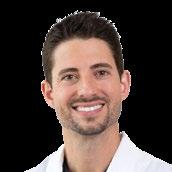
Jonathan Miller, MD, FACMS, FAAD
Dermatologist and Mohs Surgeon, Uderm




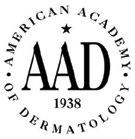
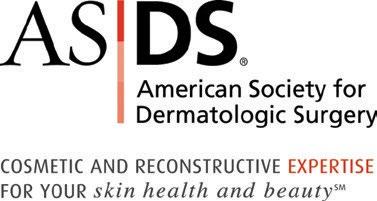
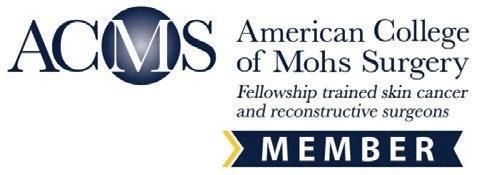

An Expert Weighs In
“Women are tired of having their mid-life symptoms minimized. More than ever, they are advocating for their own health and wellness. Many patients come into our office after having seen several providers who have told them to ‘push through’ or that menopause is ‘a natural phase of life.’ We have too much data supporting the efficacy and safety of hormone therapy (and non-hormonal options) to continue to make these women suffer.”

Lauren Barlew, WHNP-BC, NCMP Owner, Lotus Center for Women
Advancements in Menopause Care
Hormone replacement therapy can help provide relief during menopause.
Understanding Menopause
Menopause marks the end of a woman’s menstrual cycle and is often accompanied by physical and emotional symptoms. Common symptoms include hot flashes, night sweats, insomnia, joint pain, fatigue, brain fog, irritability, and depression. The average age of menopause in the United States is 51, but many women begin experiencing symptoms during perimenopause, which can occur up to 10 years earlier.
New Solutions
Hormone replacement therapy (HRT) involves taking prescribed doses of hormones to treat menopausal symptoms. While the safety of HRT has historically been debated due to reports from the Women’s Health Initiative study released in 2002, newer studies reveal that the benefits of these treatments outweigh the risks for most women. The most updated guideline is for women to start hormone replacement therapy within 10 years of their last period or before the age of 60.
According to the North American Menopause Society, HRT “is associated with fewer than two harmful events per 1,000 women per year,” which translates to less than 0.2%. The route of hormone therapy has a significant impact on the safety of these medications, with topical estradiol and testosterone as well as oral micronized progesterone among the most favorable safety profiles.
What to Expect
While there are a variety of ways to deliver hormone therapy, the latest research indicates that the preferred routes of estrogen are a topical patch, gel or spray, or a vaginal ring. Additionally, there are many benefits to vaginal estrogen, which is often used in addition to a woman’s systemic hormone regimen. It will take eight to 12 weeks to see the full benefits of HRT, and there is no longer a limit as to how long a woman can take hormone therapy as long as she is benefiting and experiencing no contraindications.
Benefits to Patients
Successful treatment using HRT can resolve vasomotor symptoms and improve sleep quality, sexual function, and emotional well-being. It also offers additional benefits such as preserving bone density and cognitive function. If you need help managing peri/menopausal symptoms, meet with your healthcare provider to discuss whether HRT or a non-hormonal treatment is the best option for you.

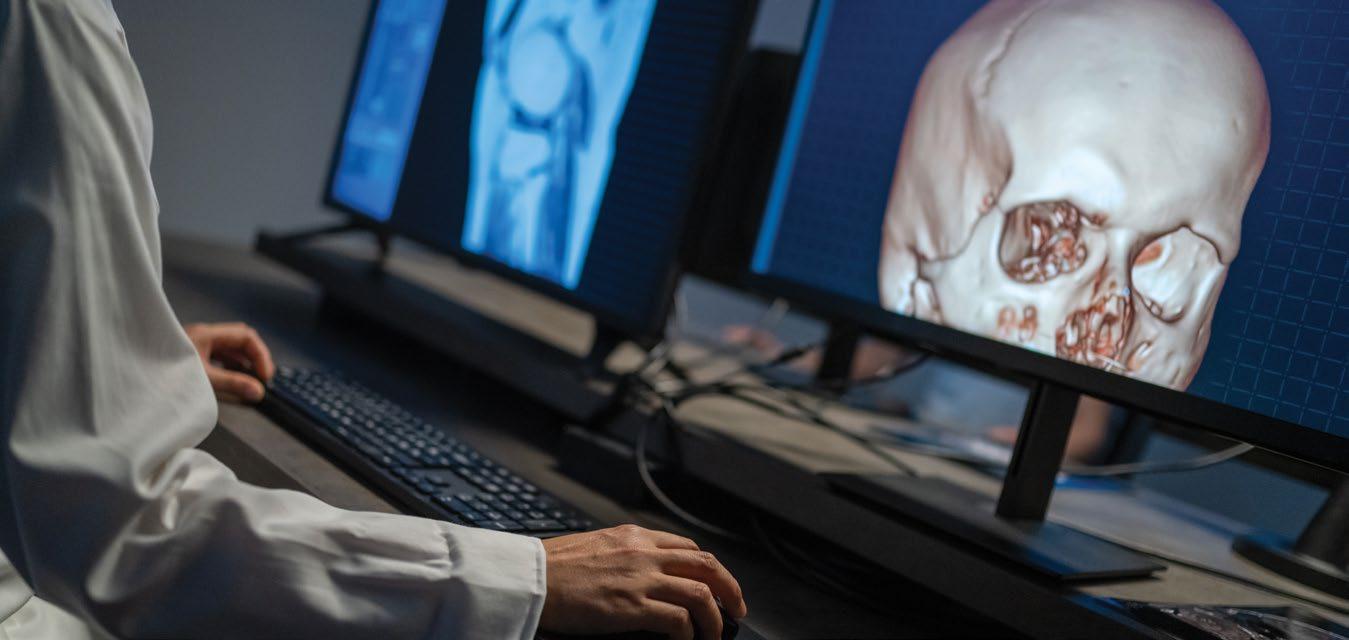
Advancements in Craniofacial Surgery
This specialized surgery can restore the appearance and function of the face.
Understanding Craniofacial Surgery
Craniofacial surgery encompasses a broad spectrum of reconstructive procedures of the face and skull. This new specialty within plastic surgery can correct deformities that result from birth defects, facial trauma, or tumors, and is commonly performed on children with congenital conditions. This field has made tremendous advancements in recent years, thanks to emerging technologies and dedicated professionals.
New Solutions
Advanced computer systems provide improved imaging and complex photographic and radiographic analysis that aids in preoperative planning. These scans can also be used to create three-dimensional models of the skull, as well as custom-printed implants.
Innovative applications are also breaking new ground. Examples include advancements in rigid skeletal fixation, where plates and screws are used to help stabilize bones of the skull and face, and skull bone grafts, which are used to replace missing areas of bone.
Implementing these new solutions are trained surgeons and centers that specialize in craniofacial surgery. Here, experts ensure that patients of all ages are evaluated and treated in a coordinated manner.
What to Expect
First, the patient will be evaluated in order to formulate a comprehensive treatment plan. Operative procedures may be necessary to correct structural disfigurement, with the goal to restore form and function. Treatment may continue following surgical restoration and will include follow up appointments with the craniofacial team to ensure the best long-term outcome. Children who have undergone craniofacial surgery will be monitored as they grow to ensure the best results possible.
Benefits to Patients
Recipients of craniofacial surgery can benefit from advancements in techniques to correct facial abnormalities. Plus, through the use of craniofacial surgery centers, patients can enjoy decreased operative time, minimized complications, and improved results.
An Expert Weighs In
“Correcting a facial deformity can very often change a person’s entire outlook on life, giving them a new selfesteem and a second chance. As this new field of surgery grows with the advances in technology and surgical techniques, there should always be an unfatigable desire that pushes one to continually strive for the best results possible for each patient. I feel this is and will continue to be my philosophy.”

Larry Sargent, MD, FACS, FAAP
Board Certified Plastic Surgeon, Sargent Plastic Surgery
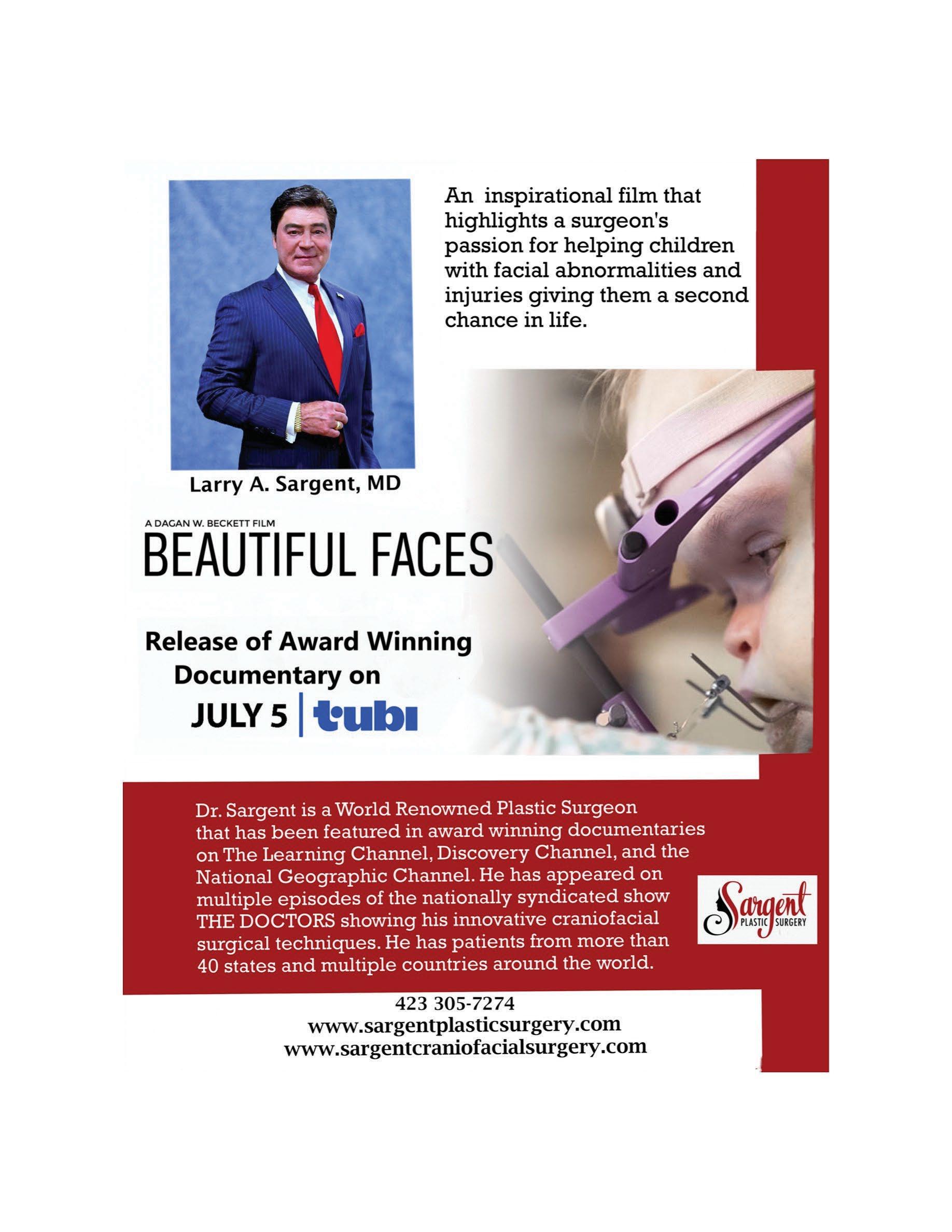
Advancements in Aging Skin Treatments
This advanced wrinkle treatment provides visible results with little pain or downtime for patients.

Understanding Aging Skin
As we age, skin naturally loses elasticity and becomes drier, as a result of lessened fat and collagen. The natural aging process, in addition to exposure to UV radiation, smoking, pollutions, facial expressions, skincare, and genetics are all causes of wrinkles, fine lines, and drooping on skin. There are many ways to prevent and treat wrinkles. Prevention tips include protecting your skin from UV radiation with the use of sunscreen or avoiding sun exposure and washing and moisturizing your face daily, which will trap water in the skin. In addition, avoiding smoking and eating a healthy diet can contribute to wrinkle prevention.
New Solutions
Ellacor is the first and only device of its kind that non-surgically removes skin on the microscale to improve the appearance of moderate to severe wrinkles and excess skin, providing visible, natural results for those with signs of aging. During the procedure, hollow needles are used to remove micro-cores of skin without evidence of scarring, revolutionizing the approach to treating wrinkles and fine lines.
What to Expect
Prior to the procedure, you will receive a local anesthetic to the treated area. Once the area is numb, the provider places the Ellacor device to your skin, creating micro-cores in a precise grid pattern. Excess skin is removed through the hollow needles, and the micro-cores begin to heal almost immediately. Each session takes about 30 minutes or less, and you should expect to be fully healed within a few days to a few weeks, varying by patient and treatment settings. For best results, most patients undergo a series of three procedures spaced 30 days apart.
Benefits to Patients
Unlike other skin treatment options, Ellacor does not use thermal energy, lasers, radio frequency, or ultrasound energy, allowing quicker healing times and visible results without surgery. The FDA-approved procedure is safe and quick with minimal downtime, and most patients report very little discomfort. In clinical trials, 90% of patients showed improvement in moderate to severe wrinkles.
An Expert Weighs In “Ellacor Micro-Coring offers a great option for effectively reducing wrinkles and loose skin without plastic surgery. Patients are very pleased with the visible results they can achieve with minimal downtime (about one week) at a fraction of the cost of a face/neck lift. Our team has worked for over a year to optimize our pre-treatment protocols and techniques to help patients feel comfortable and achieve optimal results.”
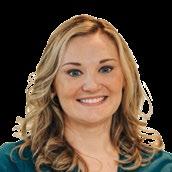
Deanna
Brown, MD, FAAD Dermatologist, Four Bridges Dermatology & Cosmetics
Sagging
with Micro-Coring® Technology
ellacor®’s Micro-Coring® Technology is the only device that removes up to 8% of your skin to address skin sagging and wrinkles in the mid-to-lower face.
▶ Up to 12,000 tiny cores of skin removed per treatment for natural-looking results without scarring.
▶ 90% of patients showed improvement in moderate tosevere wrinkles.
▶ Uniquely beneficial for hard-to-treat areas including upper lip lines, jowls, loose skin on the neck, and chin texture.
▶ Can be used in combination with other minimally invasive cosmetic treatments including injectables and lasers.
▶ Four Bridges Dermatology was a Top 5 Practice nationwide for the number of ellacor procedures performed in 2023.
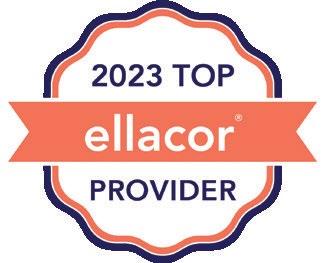
All ellacor ® procedures are performed by Board-Certified Dermatologists at Four Bridges Dermatology. Their office was in the Top 5 nationwide for the number of ellacor ® procedures performed last year!

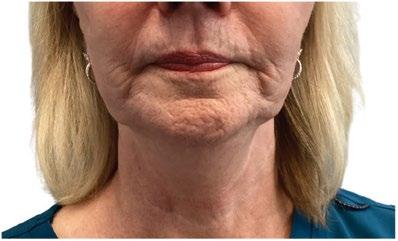
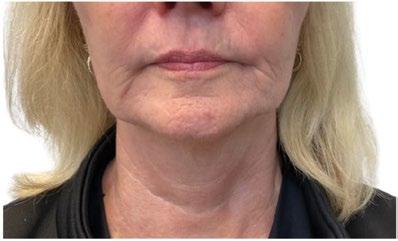

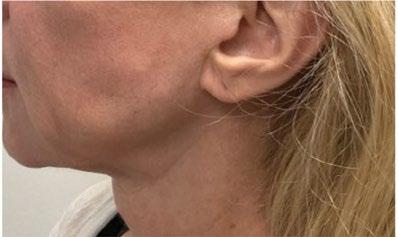
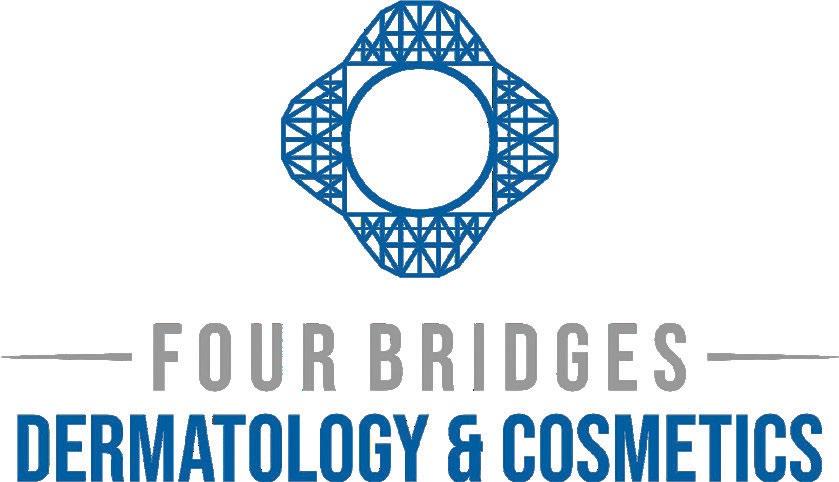
Dr. Cara Hennings Dr. Laura Cleary
Dr. Deanna Brown

PHOTO

Her Story
Onteaya Tate On Embracing Wellness Through Plants
Nestled in the heart of the city, amid the bustling urban landscape, you’ll find The Plant Candy Collective – an interior plant boutique and plant-based coffee and drink shop. This sanctuary of vitality and renewal, born from my personal health journey, stands as a testament to resilience and hope for those seeking wellness.
My health journey began with a diagnosis of type 2 diabetes, a wake-up call that led me to transform my life.
Initially, the diagnosis was daunting and overwhelming, but it also served as a powerful motivator to take control of my health. I realized that I needed to make significant lifestyle changes to improve my well-being and manage my condition effectively. One of the most impactful changes I made was adopting a plant-based lifestyle. This shift was not just about altering my diet; it was a holistic transformation that honored my body, mind, and spirit. I focused on incorporating nutrient-rich foods like leafy greens, legumes, and dark berries into my meals. These foods are packed with vitamins, minerals, and antioxidants that played a crucial role in my healing process.
Hydration also became a priority. Drinking plenty of water helped my body function optimally and supported its overall well-being. To enhance hydration, I created Revita-Lyte, an electrolyte drink designed to replenish and revitalize cells, ensuring I stayed energized and balanced. I complemented my diet with specific supplements and botanicals that supported my liver, pancreas, endocrine system, and nervous system. Milk thistle aided in liver support, berberine helped regulate blood sugar, ashwagandha balanced my endocrine system, and valerian root calmed my nervous system. These supplements provided the necessary support for my body to recover and thrive.
Photography by Hacker Medias
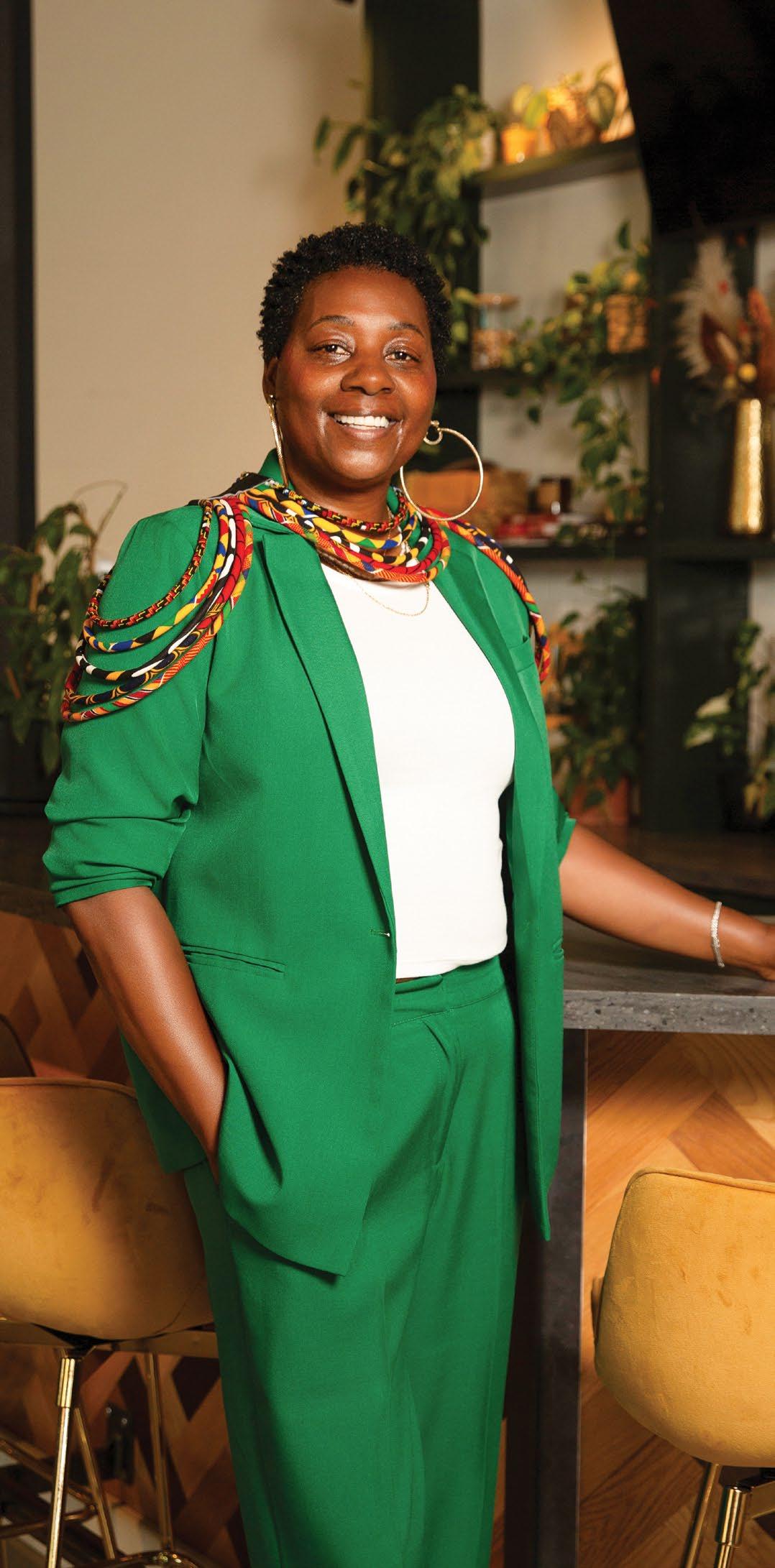
Spending time in nature was another critical aspect of my journey. Sunbathing provided essential vitamin D, while grounding – physically connecting with the earth – helped me feel balanced and at ease. Being in natural environments allowed me to relax and facilitated my body’s healing process. I also incorporated intermittent fasting into my routine, specifically the 16/8 method. This involved fasting for 16 hours and eating within an eighthour window. On some days, I fasted entirely to allow my body to build up growth hormones. Fasting not only supported my physical health but also helped me understand my relationship with food, revealing I was an emotional eater and how my mind thought about food.
A crucial lesson from my journey is the importance of maintaining balance and homeostasis. True wellness from the inside out can only be achieved through proper nutrition. Ensuring that your body is in balance is fundamental to achieving longterm health and vitality. Taking time to recuperate and regenerate is also crucial for long-term well-being. This season has taught me the value of listening to my body, prioritizing my health, and taking proactive steps toward healing.
For anyone facing a similar situation, my advice is to embrace a holistic approach to wellness. Make dietary changes that focus on nutrient-dense, plant-based foods, stay hydrated, consider supplements that support your body’s specific needs, and try intermittent fasting. Spend time in nature to rejuvenate your spirit and practice genuine self-care.
Reflecting on my journey, I am profoundly grateful for the transformative power of plants. They have healed my body and nourished my soul, reminding me of our interconnectedness and responsibility to care for the earth.

Through my story, I hope to inspire others to embark on their own wellness journeys, knowing that healing is possible and plants are powerful allies. Together, we can cultivate a healthier, more vibrant world for ourselves and future generations. As a result of discovering this path, I have furthered my education as a holistic nutritionist and an herbalist. I am excited to connect with and inspire other women in our community through our shared experiences and love for plants. Cheers and be well,
Onteaya Tate
Downtown Chattanooga
CAREER & FINANCE
All in a Day’s Work
BOOSTING PRODUCTIVITY IN A HOME WORKSPACE
By Tory Irmeger
In recent years, remote and hybrid jobs have become more popular than ever, and for good reason – increased flexibility, no commute, and improved focus are all benefits that make working from home a great option. That said, adjusting to remote work comes with a learning curve. Here we outline a few tips to help you make the most out of your work-from-home setup!
The Pomodoro Technique for time management and avoiding burnout:
1. Choose a high-priority task to focus on.
2. Set a 25-minute timer and work solely on that one task.
3. When the time is up, take a 5-minute break.
4. Resume work for another 25 minutes, repeating this process until your task is done.
5. Adjust the time period of working and resting as needed, such as working 40 minutes, resting for 15.
Create a Focus Zone
If you’re spending a majority of your workdays at home, it’s worth setting up a permanent space where you can work with minimal distractions. In lieu of a designated office space, guest rooms, closets, or under-stair spaces can be adapted for work nooks.
Pro tip: Invest in furnishings that will provide the most comfort in the long-term, like standing desks, supplementary lighting, and ergonomic chairs and computer mice. These upgrades may have higher costs up front but can reduce physical strain that stems from prolonged sitting and poor posture. Remember to take regular breaks from screens and stretch often!
Get Organized
Before decking out your workspace, first consider the products you actually need to achieve daily tasks. Too many items in your workspace will disrupt flow, so incorporate easy-access storage systems for files and supplies. Organization doesn’t have to be complicated or expensive – repurpose old jars, bins, shoeboxes, baskets, or bookshelves to find a process that works for you.
Stay on Task
At the beginning of your day, write out a list of priority tasks that you can reasonably accomplish in a workday. Planners, calendars, whiteboards, and sticky notes can be helpful to visually reinforce what needs to be done. If you can, leave your phone in another room for periods of time or silence notifications to minimize distractions.
Check in With Your Team
Keep your team in the loop of your workload and schedule. If you need to mute notifications or go offline for a block of time to focus on a task, let your coworkers know ahead of time so there are no crossed wires.
Change Your Scenery
If your home office setup is getting claustrophobic, check out a local coworking spot, public library, or coffee shop. Throughout your day, schedule regular times to go for a walk, play with a pet, or simply sit outside in the sun. And never underestimate the power of a nutritious diet and hydration in making you feel energized and ready for a day of work!
Centenarians’ Guide to
Happiness
Everyone dreams of living a long and happy life, and for these four local women, that dream is now a pleasant reality. Here, we asked the centenarians at Morning Pointe Senior Living to share their secrets for longevity and overall satisfaction in life. Ranging from 100 to 103 years old, these women are experts on the subject, so read on and make sure to take notes on their carefully-crafted guide to happiness.
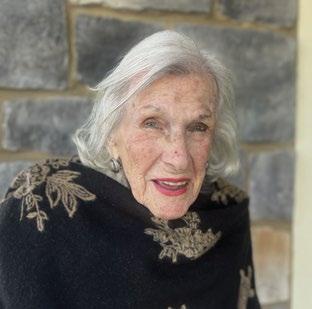
“Keep busy! Don’t sit in the bed.”
101
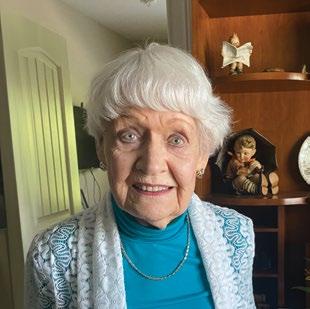
“Pray
to God, exercise, and make friends with everybody.”
100
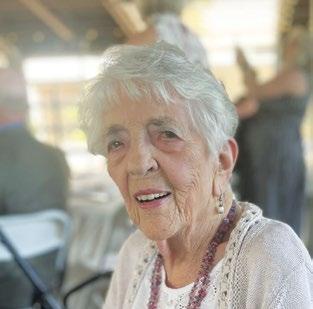
“Be
kind to everybody. Keep being active and participate in all you can. Treat people the way you want to be treated. Also, brush your teeth three times a day.”
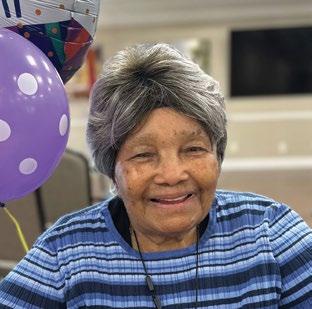
Ola Mae avoided developing bad habits, so she never smoked cigarettes or drank alcohol. The most important reason for her long and blessed life is that she has always trusted God.
Fran Mogul
Ann Hagerman
Ola Mae Wheeler
Cellie Bierly
years old Morning Pointe of East Hamilton
years old Morning Pointe of East Hamilton
102 years old Morning Pointe of Chattanooga
Interviewed by Holly Holcomb, Life Enrichment Director
103 years old, Morning Pointe of East Hamilton

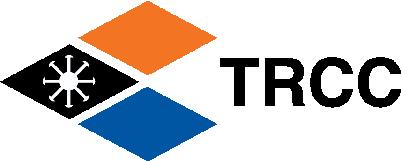







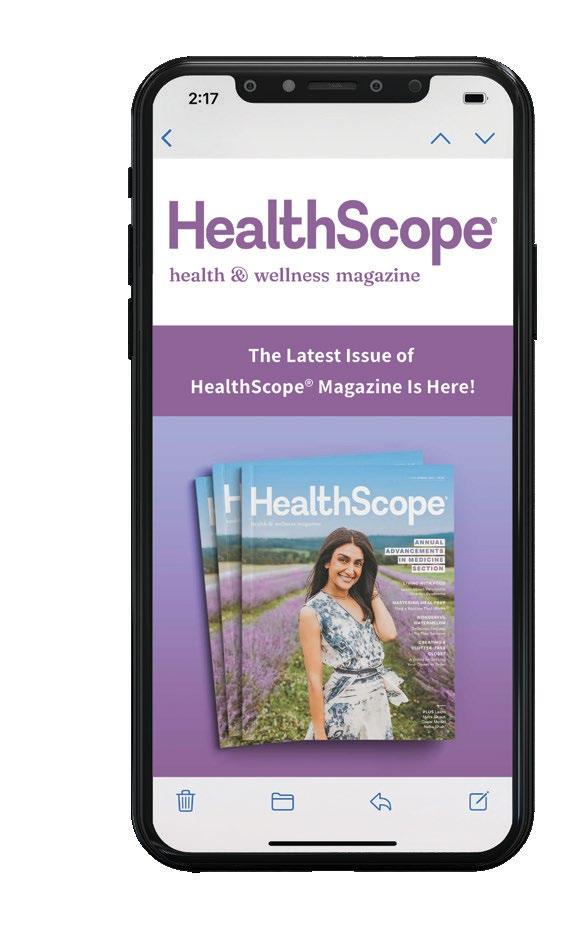
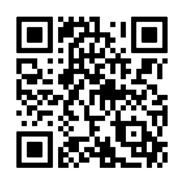
Neha Shah
Photo by Kristina Armstrong / Shot on Location at
Neha Shah dedicates her days to caring for others, whether it’s providing dental care to the patients at her practice, Beam Pediatric Dental Studio, or spending time with her family. Here, Shah shares how she also cares for herself through active movement and restorative rituals and how setting aside intentional time helps her to prioritize what matters most. Read on to learn more about how Shah makes the most of each day.
What is your approach to wellness? How has that changed over time?
Because of the foundation built through track and cross country at Girls Preparatory School, running has always been a big part of my life. As I traveled around the country for dental school and residency, I was introduced to cross training, yoga, and Pilates. As I get older and learn more about how to live a long and healthy life, I have focused more on non-running activities. I get my cross-training fix at Kyle House Fitness and my yoga fix at Southern Soul Yoga. My favorite thing about cross training and yoga is the diversity and well-roundedness of my fitness routine. Being a pediatric dentist requires more awkward angles than most people would think, and I’ve noticed a considerable benefit from practices like yoga and cross-training compared to when I would simply run five times a week.
What are your favorite ways to practice self-care?
In addition to my fitness routine, I have started to put additional focus into my skincare
routine, mental health, and wellness. I love my facials with Suzanne at Pure Face Care, my Clearlight infrared sauna, and my therapist. For me, self-care means using my face light, getting my nails done, getting a massage, or sitting for an hour in my infrared sauna. Owning a practice and raising two young girls leaves me with small windows to fit these luxuries in, but I try my best to schedule these things in advance to ensure my mental health also gets some attention!
What are the traits you most value in yourself?
I am very organized and it helps my day run smoothly. As a mom and business owner, I live and die by my paper planner. I also am an extremely disciplined person, which is vital to accomplish everything I want to get done in a 24-hour period. My days are pretty structured so I can give myself an opportunity to take care of myself, my business, and, most importantly, my family.
What does your daily routine look like?
I wake up at 5 a.m. to have my latte, read, and start the day on
my terms. I typically will then hop on the treadmill or go to a workout class before getting ready and heading out the door for school drop off and then work. After work, I come home and that is our protected family time. We get the kids down around 7:30 p.m., and then my husband and I will relax, have a glass of wine, and watch a show or chat about our day until we go to bed around 10:30 p.m.
How do you encourage health and wellness within your family?
In our family, it’s all about time and being thoughtful. My husband and I have our own respective sacred times that are carved out for exercise and well-being.
On Saturday mornings, we like to go as a family to Southern Soul Yoga to start our weekend off on a healthy foot. With our girls, we like to take them out to adventurous restaurants so they can experience a variety of flavors and styles of food beyond their favorites of chicken tenders, french fries, and pizza!
Flat Top Mountain Farm



A Spa-Worthy
Shower Routine
By Kristen Dee
Sometimes you only have time for a quick shower before getting ready for the day. But when you find yourself with extra time on your hands, a luxurious shower experience can be a great self-care practice. Read on for ways to take your shower to the next level.
Incorporate Aromatherapy
Soothing scents are a quick and easy way to invoke a spa-like feeling at home. Hang a bouquet of eucalyptus on your shower head or use shower melts, which dissolve as you shower and release calming scents like lavender or peppermint into the air. Choose a body wash with extra soothing ingredients and scents. Candles can add fragrance and soft lighting to further encourage relaxation.
Care for Your Hair
Consider incorporating a hair mask or deep conditioner into your shower routine. Hair masks can be used to address various hair concerns including dry and frizzy hair, an oily scalp, and damaged hair. Masks add extra moisture, shine, and softness. There are many popular options on the market, but you can also make a hair mask at home with ingredients like coconut oil, eggs, and aloe vera.
Scrub Away the Day
Adding in a body scrub or polish can buff away dead skin cells, release tension, and make your skin extra soft and smooth. When choosing a body scrub, it’s best to avoid large particle scrubs such as apricot or walnutbased products, which can be overly irritating to the skin. If you prefer not to add a product into your routine, scrubbing mitts are a great affordable alternative. Add in a scalp scrub for a bonus cleanse.
Emphasize Hydration
Give your skin some extra love by incorporating an in-shower body oil. The oil gently breaks down dirt and sweat, and also adds hydration back into dry skin. Post-shower, treat yourself to a rich lotion or luxurious body cream to lock in the added moisture and hydration.








Creating a Clutter-Free Closet
A Guide to Getting Your Closet in Order
By Rachel Studebaker
Closets are a handy home for clothing, shoes, and accessories, but when items become crowded and hard-to-find, it may be time for a closet cleanout. Here, we offer a step-by-step process to decluttering your wardrobe and share tips for finding a stylish storage system that works for you.
Clean out your closet.
First, remove everything from your closet, including anything on the floor or shelves. Dust and wipe down the shelves, and vacuum or sweep and mop the floor to give your belongings a clean home to return to.
Sort your belongings.
Now it’s time to take stock of what you own. Sort items based on use, such as casual t-shirts, professional slacks, or pieces reserved for special occasions. Donate items you no longer use, want, or need, and dispose of damaged clothing. This will free up space in your closet for the things you love and wear.
Create a storage system.
Next, evaluate your empty closet and how the categories you just organized can be stored. Develop a storage system that works for you and your belongings, where everything has a proper place and it can be easily found. There are many storage solutions you can implement, which include:
• Installing shelving and drawers to offer additional storage
• Displaying shoes on shelves, a shoe rack, or in clear, stackable storage bins
• Using drawer or shelf dividers to separate clothing
• Hanging hats or handbags on hooks, or displaying them decoratively on open shelving
• Utilizing bins and baskets to store loose accessories, with labels so you always know what’s inside
• Investing in good-quality, matching hangers to add a refined touch to your revamped closet
Put everything in its place. Lastly, put all of your items away in their newly designated spots. Store the items you reach for the most toward the front and tuck low-use items, such as out-of-season clothing, toward the back. Enjoy your fresh and functional closet!
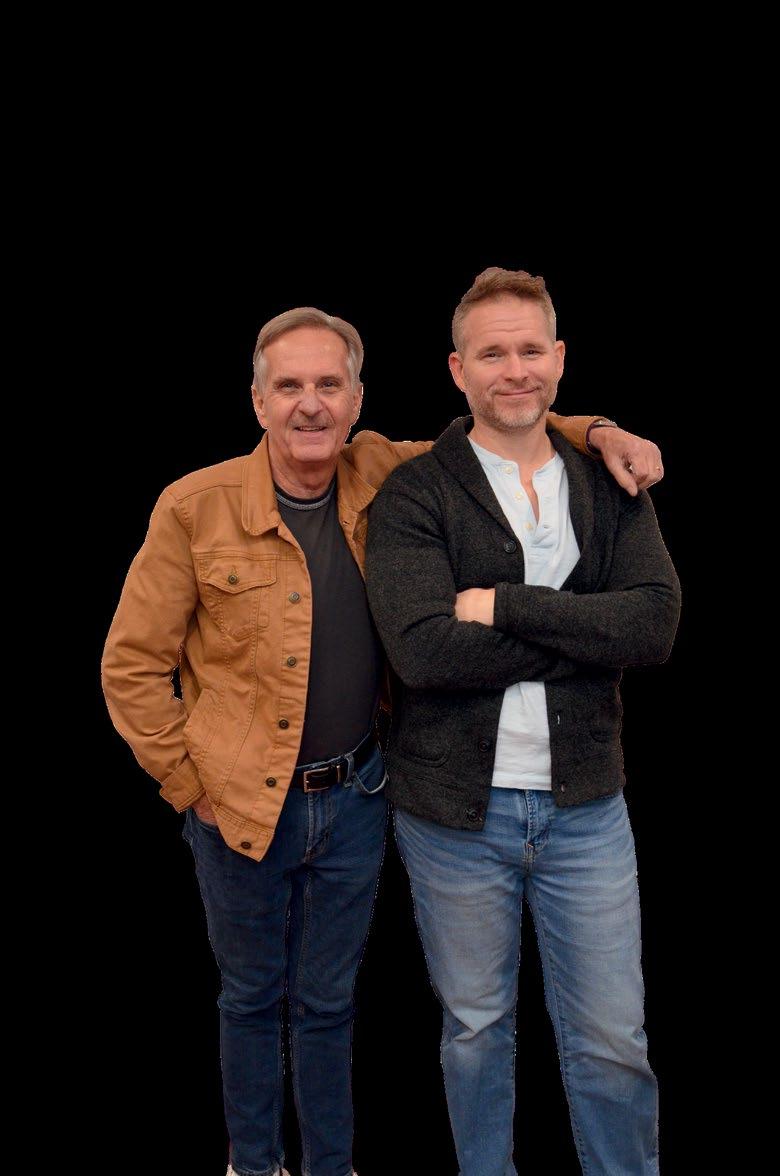
KEN & DANIEL
CHATTANOOGA'S #1 FOR COUNTRY









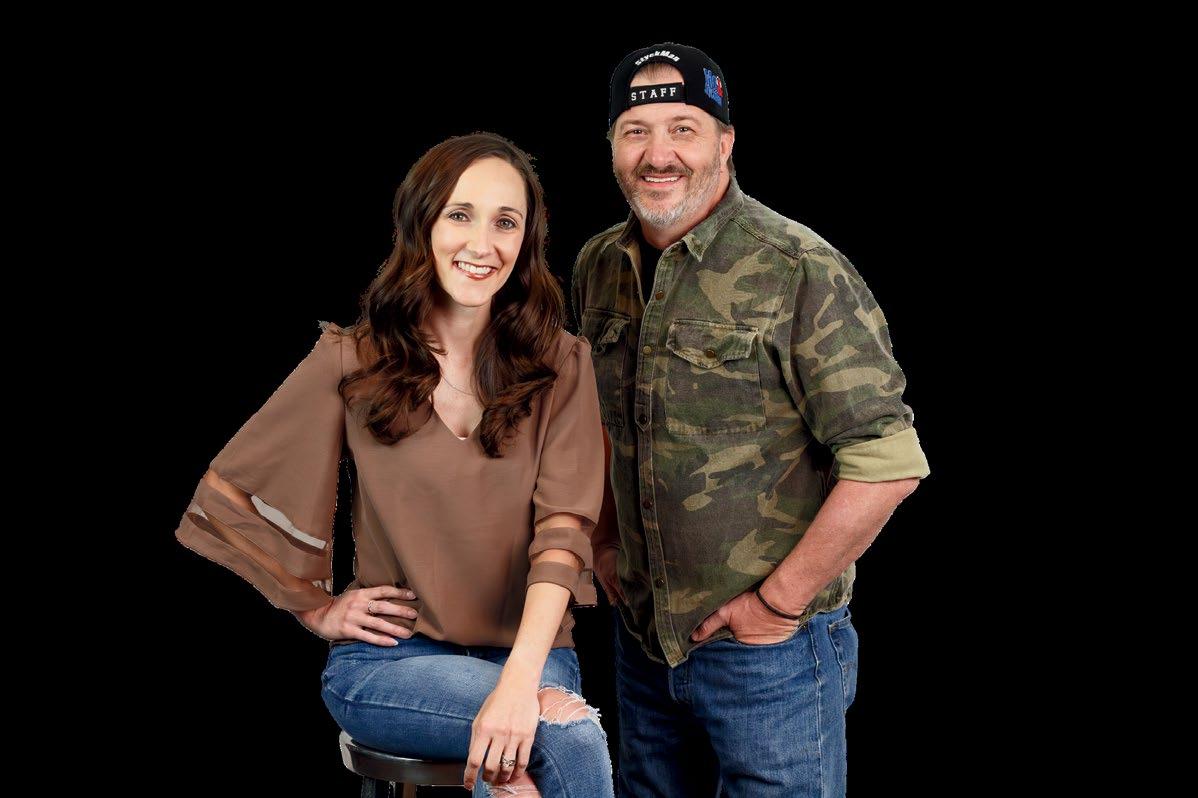

PHOTO BY DAVID AND DREW PHOTOGRAPHY
inspired
Some of life’s greatest teachers appear in the form of relationships. After all, who would we be if not for the mentors, friends, and family members who continually inspire us to live well and love others? Here, we feature local ladies and the women who encourage them day in and day out to be the best versions of themselves. In these letters, we celebrate it all – major life milestones, mundane acts of kindness, and everything in between. Read on to be inspired.
“From the challenges you faced head on to the triumphs that followed, each chapter of your life has been a testament to your strength and resilience.”
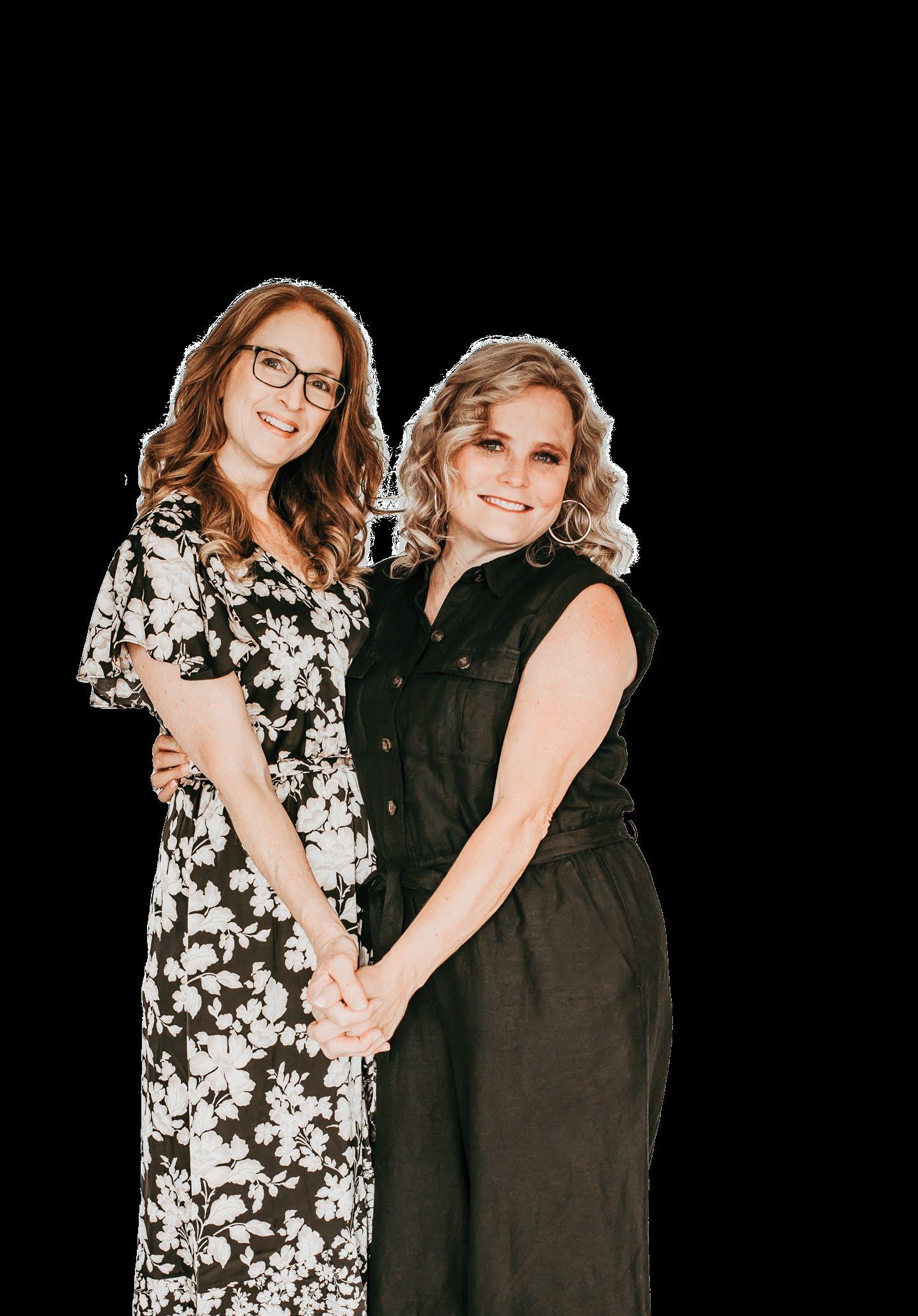
Deb,
You have been an inspiration to me for over 20 years, but watching you this last decade has been an honor. I’ve often thought about the many twists and turns life has thrown your way and marveled at how you’ve navigated through it all with unwavering tenacity and, most importantly, your faith
From the challenges you faced head on to the triumphs that followed, each chapter of your life has been a testament to your strength and resilience. When you found yourself alone with your kids, you started your own business. When you saw doors closing, you always found an open window. When the opportunity arose for you to return to college and get your degree, you did it with determination and perseverance. Your graduation day, with honors, in December was a celebration. The children in your classroom will have a love of learning instilled by your preparedness and patience. Together, we have had hard conversations and many fitful bouts of laughter. When one of us has been weak, the other has been strong. I consistently watch you put others before yourself and that is why I am proud to call you friend.
Much love, Cynthia
CYNTHIA
DEB
inspired by
CYNTHIA DALE
DEB HALE
PHOTO BY KRISTINA ARMSTRONG
Dear Milli,
The words “thank you” do not seem grand enough for the appreciation my heart holds for you. Over the past 15 years you have not only been a mentor to me, but an absolute inspiration! The lifelong commitment you have made to the community is astonishing. Starting out as a pioneering nurse with a dream of bringing dialysis to Chattanooga and now, deep in retirement, still showing up for the community daily as a volunteer. You are the hardest worker I’ve ever met! Over the years, you have taught me so much. I’ve learned from you how important it is to think of others first. When we are blessed enough to have our own needs met, it is imperative that we give generously to help those that need a hand. Thank you for believing in me to carry on the legacy you’ve built. Having you by my side as my constant confidant, my biggest encourager, and the BEST partner in crime has helped me live my dream of lighting the way for others in our community. Together, we have almost seen it all at this point. My favorite memories are the laughter, the fun, and seeing the success on the other side of any hill we’ve climbed together. Your wisdom will live with me forever.
I love you so much! Heather
inspired by
HEATHER MELTON MILLI YIUM
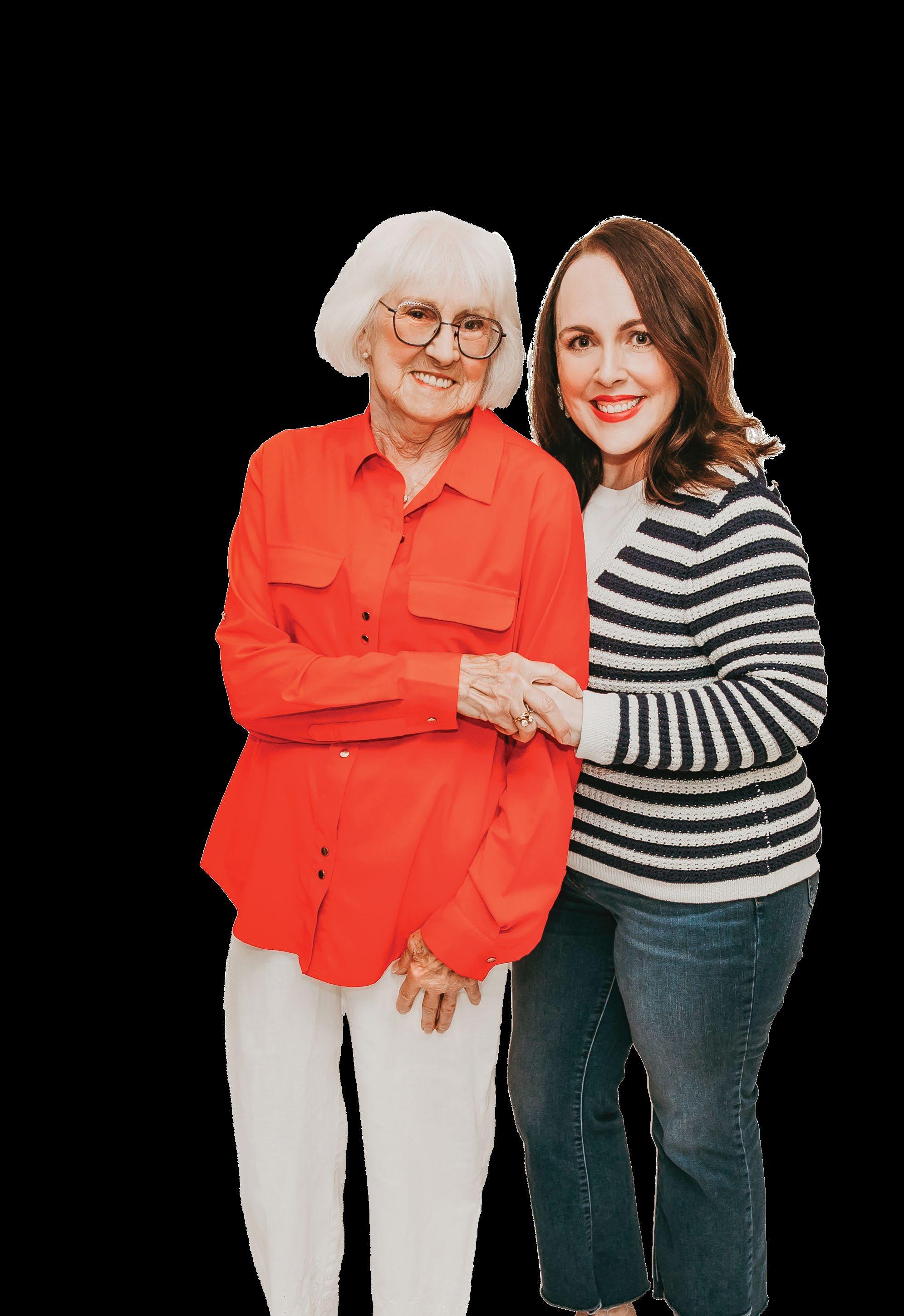
“Over the years, you have taught me so much. I’ve learned from you how important it is to think of others first.”
HEATHER
MILLI
PHOTO BY KRISTINA ARMSTRONG
inspired by PAM REED
“Jane, you are not just a pillar of the community but a beacon of light and wisdom.”
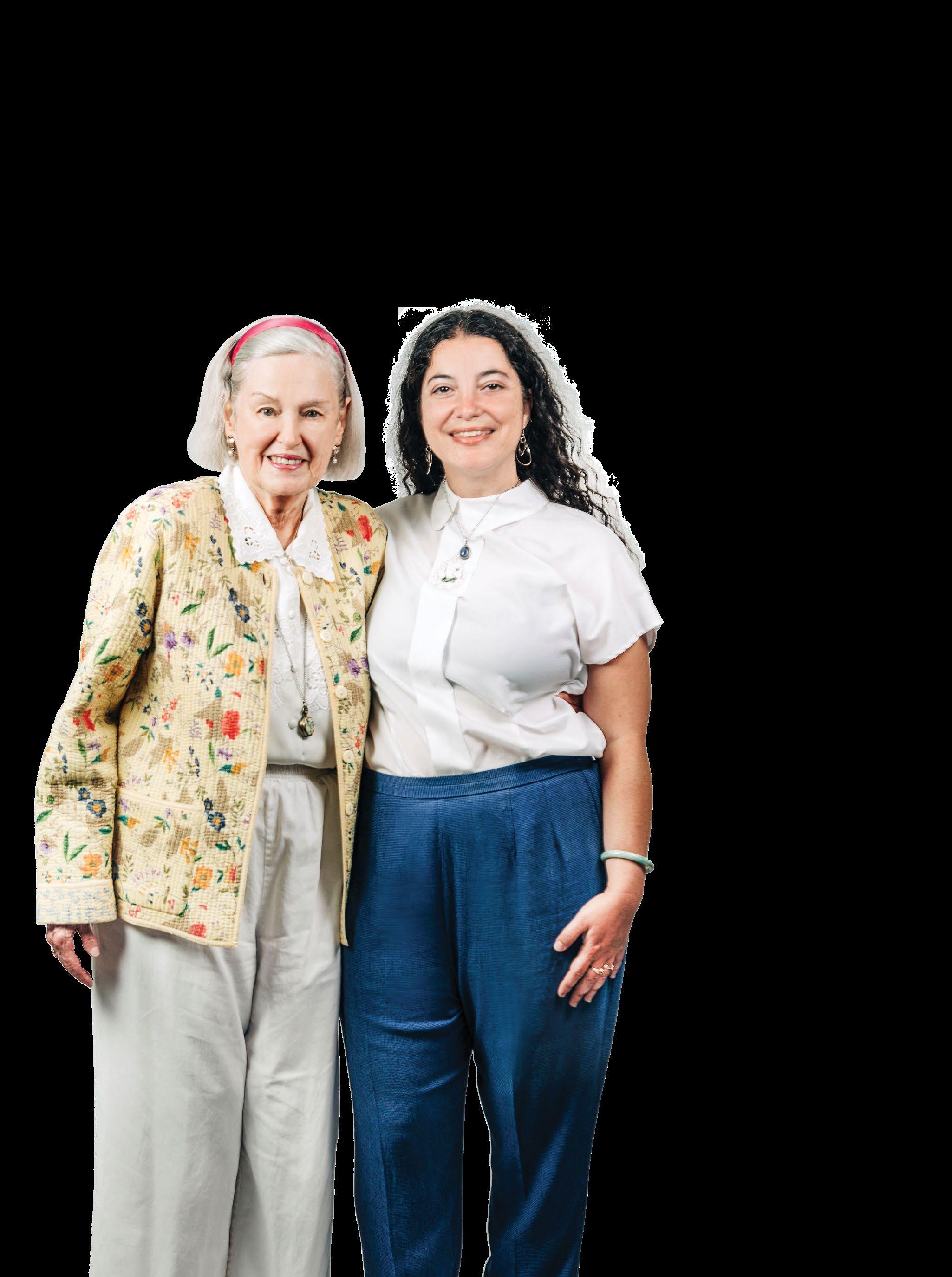
JANE LUPTON
Dear Jane,
What a great opportunity to express my gratitude for your extraordinary dedication and inspirational philanthropic work here in Chattanooga. Your unwavering commitment to the art community and girls’ leadership over the past 30 years has left an indelible mark.
Your stories of “good trouble” to garner support for organizations are courageous and inspirational. Your passion, humor, and deep knowledge of Chattanooga’s history have not only educated me but have also sparked a fire within me to contribute positively to our city. Since I moved here in 2021, you have graciously shared your wisdom and enthusiasm, guiding me through unfamiliar territory and inspiring me to make meaningful changes.
Jane, you are not just a pillar of the community but a beacon of light and wisdom. You have a great sense of style, you are open-minded, smart, honest, and funny, and I feel incredibly fortunate to have crossed paths with you. Thank you for taking me under your wing and for being a shining example of what true leadership and generosity look like.
With deepest respect and admiration,
Pam Reed
PAM
JANE
PHOTO BY DAVID AND DREW PHOTOGRAPHY
PARENTING & RELATIONSHIPS
Tackling School Transitions
Major school transitions can be intimidating for parents and kids alike. Whether your child is preparing for middle school, high school, or a completely new school system, these transitions come along with unique learning curves and challenges. In the midst of change, parents need to know how to support their children best and prepare them for success. Read on for more information and advice about how to make the most of this transitional milestone with your child.
By Gray Bennett
Things to expect during each school transition:
Elementary School - Students begin learning new routines as they adjust to school structure for the first time. Students begin to form foundational social, emotional, and problem-solving skills.
Middle School - Students go from having one teacher to having multiple teachers, and there’s often an additional increase in class size. Workload increases, puberty occurs, and social connections may grow or change.
High School - Students experience an increase in academic responsibility as college preparation begins. Students may also experience difficulty with social connections as educational and personal pressures increase.
College - Students begin to develop a true sense of independence away from home. Academic and personal responsibilities increase significantly, and students begin to form new social connections.
Try M.A.P.S.
If you’re not sure where to start when it comes to supporting your student, just remember to follow the MAPS:
M – Make a plan.
A little extra structure goes a long way! While transitions may cause stress or a sense of lost control, strong routines and healthy habits can create a sense of calm and control for your child.
A - Acknowledge questions and concerns.
Nerves are normal. Talk to your child about any questions or concerns they might have, and offer a listening ear if they bring worries your way.
P - Provide encouragement.
Encouragement is essential. While it’s important to celebrate big and small wins alike, make sure your child knows they are valued apart from their accomplishments all the same.
S - Stay calm.
To create a deeper sense of safety for your child, practice remaining calm as any stressors arise during the transition. Lead by example and model healthy coping skills for your child to mirror.

MMastering Meal Prep
By Rachel Studebaker
On busy weekdays, it can be hard to find the time to make a healthy, homemade meal. That’s where meal prep comes in. This convenient approach to mealtime involves preparing food in advance when you have time on your hands, so you won’t have to worry about it when the week gets busy. Read on to learn how to master meal prep and save your future self some time.
eal prep can be used for breakfasts, lunches, dinners, and even desserts and snacks. It typically looks like preparing food for the next two to four days, but dishes can also be frozen to last up to months longer. Meal prep can take two forms: prepping ingredients for use in future recipes or cooking multiple meals in one go.
Meal Prep
Meal prep involves preparing full recipes in advance and is a great option if you don’t mind repeating meals and want to maximize on time saved during the week. On your dedicated prep day, assemble a recipe as usual and then portion single servings out into containers for grab-and-go meals. Or, freeze batches for a rainy day.
Ingredient Prep
If you don’t have time to dedicate to making multiple dishes in one go, ingredient prep can also set you up for success come mealtime. This simply means preparing ingredients for use in future recipes. Ingredient prep can look like:
• Washing and chopping fruits and vegetables
• Mixing sauces, dips, or salad dressings
• Preparing proteins such as ground beef or shredded chicken
• Cooking grains and pastas
Getting Started
The following tips and tricks can help you get started as you find a routine that works best for you:
Plan ahead. Begin by creating a meal plan for the following week. This way, you can get all of your groceries at once and save money spent on unnecessary items. You can also coordinate to use the same ingredients across multiple recipes to cut down on your ingredient prep and reduce food waste.
Stock up on supplies. Use reusable, airtight containers and sealable bags to store your food and keep it fresh. Containers with dividers, such as bento boxes, are a handy option for pre-portioned dishes with sides or toppings.
Pick a day to prep. Many people choose Sunday to plan for the week ahead, but you can choose whichever day suits your schedule. Meal prep can take anywhere from 30 minutes to a couple hours, depending on how much you want to make.
Start small. To give yourself time to get used to meal prep, try choosing a meal or two before jumping into a full week’s worth. For example, make lunch for the next day or two or prep ingredients for an upcoming dinner. In no time, you’ll be a meal prep pro!
Safety First
When it comes to meal prep and storage, food safety is key. According to the USDA, you should:
• Refrigerate or freeze cooked foods within two hours
• Keep your refrigerator set at 40° or below, and your freezer at 0° or below
• Use refrigerated leftovers within three to four days
• Use frozen leftovers within two to three months
• When reheating, ensure food reaches 165°
Wonderful Watermelon
Freshwatermelon is in season! Radiating bright colors, this fruit packs an impressive dose of lycopene, an antioxidant linked to decreased risk of cancer, heart disease, and age-related eye disorders. Each slice offers an additional hydration boost, containing about 91% water. Easy to include at your next summer picnic, everyone can enjoy this lightly sweet, nostalgic fruit on its own or in a creative recipe. Preparation options are endless from watermelon salad to grilled kebabs! See some of our favorite local recipes ahead.
Photography by Rich Smith
“Nothing screams summer to me like a perfectly ripe watermelon. The reason I love this off-menu dish is that it combines sweet, spicy, salty, acidic, peppery, and rich flavors all into one perfect little bite. That combined with the textural differences throughout the dish make it sure to please.”
– Chef Jeff Miller


For the candied pistachios:
• ½ cup pistachios, roasted
• ¼ cup sugar
• 1 tsp. lemon juice
• 1 pinch cayenne pepper
For the balsamic reduction:
• ½ cup balsamic vinegar
• 1 pinch chili flakes
For the watermelon and burrata:
• 2 cups arugula, lightly packed
• 2 tsp. high-quality olive oil (Georgia Olives Farms Olive Oil preferred)
• 2 pinches flaky sea salt
• 20 1½-inch watermelon cubes
• 4 oz. burrata cheese, room temperature
For the toppings:
• 2 tsp. high-quality olive oil
• 2 pinches flaky sea salt
Start with the pistachios. Roast them in the oven at 350° for about 8 minutes. While that cooks, add sugar and lemon juice to a clean pan. Cook over medium heat and do not stir, but swirl the pan as needed until an amber color just starts to appear. Add roasted pistachios, and cook further until fully coated with sugar mixture. Add the cayenne at the very end. Stir once more and cool down on a parchment-lined plate or tray. As they cool, carefully separate kernels using a spatula. To make
the balsamic reduction, reduce your balsamic and chili flakes over medium heat. Reduce by half or until you start to see bigger bubbles form on the sides of the pan. That’s a viscosity indicator. Cool completely before using. To plate, toss arugula with oil and salt. Plate that first. Then arrange your watermelon cubes into a diagonal line. Cut the burrata into three pieces. Arrange two pieces on one side of the watermelon line, and add the last piece to the other side. Drizzle balsamic reduction over watermelon and burrata, and top with sea salt and olive oil. Lastly, add pistachios and serve immediately.
Alimentari Cucina e Bar’s Watermelon and Burrata

Marleah Payne’s Watermelon Salad
SERVES 1
For the dressing:
• 2 Tbsp. extra-virgin olive oil
• 3 Tbsp. fresh lime juice
• ½ garlic clove, minced
• ¼ tsp. kosher sea salt, finely ground
For the salad:
• 6 cups watermelon, cubed
• 1½ cup English cucumber, diced
• ¼ cup red onion, thinly sliced
• ½ cup feta cheese, crumbled
• 1 medium avocado, cubed
• ½ cup chopped mint and/or basil leaves
To make the dressing, add all ingredients to a small bowl and whisk until combined. For the salad, place the watermelon, cucumber, and red onion in a large bowl. Drizzle the fruits and vegetables with the dressing and gently toss the salad. Top the salad with feta cheese, avocado cubes, and mint and/or basil. Refrigerate until ready to serve. I would recommend consuming within one day after preparing for best quality and freshness. Enjoy!

“Watermelon is an excellent source of the carotenoid lycopene, which is what gives it the bright pink color along with multiple health benefits. In addition, watermelon is a great source of fiber, antioxidants, vitamins, and minerals including vitamin C, magnesium, and potassium.”
– Marleah Payne, MS, RDN, LDN
BOARD MEMBER SPOTLIGHT
Amy Ware
MHA, MEd, FACHE
ASSOCIATE REGIONAL VICE PRESIDENT OF ONCOLOGY, HCA HEALTHCARE SARAH CANNON CANCER NETWORK CANCER INSTITUTE
We relocated from Columbus, Ohio in August. My husband and I live in Nashville with our sweet 8-year-old son, Austin, and our two dogs, Bodhi and Teddy. We also have two grown kids, Jake and Sarah, who we spend as much time with as possible. We are thrilled with our new home and I am honored to be a part of the American Cancer Society.
Being a part of the American Cancer Society holds immense significance for me, both personally and professionally. On a personal level, my mother was diagnosed with both breast cancer and ovarian cancer in her early 20s. As a child, watching her navigate these challenging diagnoses underscored the extensive work still needed to ensure all patients receive the best care possible. Moreover, the dedication and compassion of the doctors and nurses who treated her left an indelible impression on me, demonstrating the tremendous impact just one individual can make.
Professionally, the partnership between Sarah Cannon and the American Cancer Society highlights our privilege to work alongside some of the most brilliant and dedicated physicianscientists and leaders in oncology. This collaboration inspires me daily to strive for excellence in serving our Chattanooga oncology patients, confident that our collective efforts will lead to improved outcomes and a brighter future for those affected by cancer.
“
My mother was diagnosed with both breast cancer and ovarian cancer in her early 20s. As a child, watching her navigate these challenging diagnoses underscored the extensive work still needed to ensure all patients receive the best care possible.”

Jenna Wright’s Centered Yoga Flow
“I love this flow of poses because it perfectly blends strength, flexibility, and relaxation. Starting with the grounding Tree Pose, then moving through the expansive Triangle Pose and the empowering Warrior 2, I feel strong and centered. Finishing with the heart-expanding Bridge and the calming Waterfall/Plow, I’m left feeling refreshed but also deeply relaxed. This sequence truly nurtures the body, mind, and soul.”
Jenna Wright, Co-Owner/Operator, Southern Soul Yoga

Photos by David and Drew Photography


Triangle Pose
From Mountain Pose, step your feet wide apart (about 3-4 feet). Turn your left foot out 90° and your right foot slightly in. Extend your arms parallel to the floor, palms facing down. Reach forward with your left hand, then hinge at your hip and lower your left hand to your shin, ankle, or the floor outside your left foot. Extend your right arm straight up, gazing at your left hand. To exit Triangle Pose, inhale to lift back up to standing, arms parallel to the floor. Pivot your feet back to the center and repeat on the other side.
Tree Pose
Stand tall in Mountain Pose (Tadasana), with feet hip-width apart and arms at your sides. Shift your weight onto your right foot, grounding firmly. Bend your left knee and place the sole of your left foot on your inner right thigh (or lower leg, avoiding the knee). Bring your hands to your heart in prayer position, or raise them overhead like branches. To exit Tree Pose, slowly lower your left foot back to the ground, returning to Mountain Pose. Repeat on the other side.

Warrior 2
From Mountain Pose, step your feet wide apart (about 3-4 feet). Turn your left foot out 90° and your right foot slightly in. Raise your arms parallel to the floor, palms facing down. Bend your left knee over your left ankle, keeping your right leg straight. Gaze over your right hand. To exit Warrior 2, straighten your left leg and lower your arms. Pivot your feet back to the center and repeat on the other side.



Waterfall/Plow
Lie on your back with your legs extended. For Waterfall: lift your legs towards the ceiling, supporting your lower back with your hands. For Plow: from Waterfall, lower your legs over your head until your toes touch the floor behind you. Keep your hands on your lower back or extend them along the floor. To exit Waterfall, slowly lower your legs back down to the floor. To exit Plow, roll your spine down vertebra by vertebra, bringing your legs back to the floor. Hug your knees into your chest for a counter stretch.
Bridge
Lie on your back with your knees bent and feet flat on the floor, hip-width apart. Place your arms alongside your body, palms down. Press your feet into the floor and lift your hips towards the ceiling. Clasp your hands underneath your body, and roll your shoulders under to lift your chest. To exit Bridge Pose, release your hands and slowly lower your hips back to the floor. Hug your knees into your chest for a counter stretch.
